Video Menu
My Favorite Videos
My Favorite Videos
Drill to Sequence the Hips in the Transition
Sorry, you need to be a member to access this video.
You Are Just Seconds Away - Become a member here!
Already a member? Log in now

The way you move the hips in relation to the chest in the transition is one of the biggest differentiators between the GOATs and the average golfer. Use this simple drill to help you feel how the elite ball strikers move in the golf swing.
Let's talk about sequencing.
The most important part of the golf swing is how you sequence it.
If you don't sequence it right, there's no chance of playing good, consistent golf.
And one thing I'm going to show you today is not only how to sequence your golf swing correctly, specifically how to sequence the downswing correctly, but that all elite players, all the goats, do the same thing.
They may look really funky and different in a lot of different ways when you look at their arms and club, But the core movements of their body are going to be nearly the identical in terms of sequencing.
And so what I mean by that?
I'm gonna show you, using Track band here, that we have these swing centers.
These are the center of my pelvis and the center of my chest.
At setup and moving dynamically through impact and on the swing on the left, I'm purposely making a really bad swing.
Which we'll look at from face on down the line because it's very relatable to many of you, and you're going to see a lot of very common things.
So for instance, at the top of the swing, One of the first telltale signs of somebody who's going to struggle at golf is the relationship of their chest swing center to their pelvis swing center.
So if I drew this line vertically, you would see that it is here at zero degrees, but at the top of my swing, I'm actually leaning toward the target about three degrees.
That is no bueno because if I come over here on a proper swing, you'll see that I'm actually leaning away from the target five or six, seven, eight degrees, give or take a little bit.
I like to be close to eight degrees, but with my head, if I do that, I can't really see the ball.
But in that range, but eight degrees difference here, eight or nine degrees difference if I'm leaning five degrees away from versus three degrees toward.
Now what this means is that what I'm getting ready to do is fire with my shoulders first.
And so the sequencing of my swing is going to be way off.
So you can see on the swing on the left, shoulders are going first, shoulders and arms.
This is the most common mistake that I see in all golfers across the planet, across the board.
It's always the same thing.
The hips don't lead and the hips don't lie.
So we've got to get that lateral movement in the downswing with the hips, and so you'll see that by the time I get down into impact.
Now, my the secondary axis tilt, or how far my chest swing center is behind.
My pelvic swing center is about 14 degrees in this case, and on the swing over here, I'm still actually leaning toward the target, about three degrees.
And this is, you can see the difference in impact position that I'm gonna hit the ball.
All over the planet, most golfers are going to tend to slice from here and then.
When you just look at the overall comparison of these two, my hips have moved a tremendous amount from where they started.
That's what this blue swing center is, this line here, or the circle here, and you can see just how far it's moved forward here, it's barely moved at all.
So if you look kind of jammed up at impact and you're hitting a bunch of pull slices, this is probably what you're going to do, be doing.
And let me show you how to fix it.
So on the screen behind me is the shot I just hit, where you saw my chest swing center move out in front of my pelvic swing center.
And this is always happening when you're trying to push from the trail side too hard, you're trying to use your shoulders and arms to swing the club.
Or really push the club and hit the ball instead of letting the club have a more free swinging action.
To fix this, all you need is something like a foam roller.
This is what I use all the time in my lessons.
I use it for myself.
And you're going to understand how to use this in getting yourself to move in the correct sequence.
Because if you don't, golf will be impossible for you for the rest of your life.
You have to address this issue.
When you see your chest going like this, it's a death move in the golf swing.
Your hips have to lead.
As Chubbs Peterson said, it's all in the hips, right?
You got to get your hips freed up and moving.
But if you're trying to muscle the golf club, you don't have a good feel for a golf club swinging and releasing, then you're going to miss the whole point of the swing.
So what you need to do is take a foam roller and put it about six inches or so outside of your lead heel.
That's how far your lead hip has to get to before you strike the ball.
And what that's going to do is put the center of your hip socket right about over your ankle.
And that's going to allow you to freely pivot as you come through the ball.
But the key to this is understanding how to do this during the transition.
You've got to get a feeling that as you load, as you go back, your chest center has got to always be behind your, your pelvic swing center.
Both at setup and at the top of your swing, and as you get closer to the top of your swing.
It's now going to start to increase and this is going to be a little bit of drive off this trail hip to start moving your pelvis forward.
And then as you get your hip forward, the lead hip's going to start to work and post up, and both hips are going to work together to get you into this posted up position.
But to get the feeling of this, practice it wrong first to get the feeling of exaggerating.
What would this feel like?
If you're a really bad over-the-top golfer, just kind of make this motion where you're taking your right shoulder and trying to get your chest, the buttons on your shirt closer to the target than your belt buckle.
Now, once you have the incorrect feeling, now go to the top and start getting this action.
So as you go back, you want to feel that how your body kind of makes this little closed hip slide, I call it.
As your pelvis, as you're loading into this trail side, your right hip trail hip is going to start to drive you back toward the target without turning.
A lot of times golfers say, oh, I need to turn my hips fast to get power, the hips, it's not the best way of thinking about it.
You need to understand that they are going to stay closed at first as you start the downswing, and then they're going to be able to move.
But if you start going hard from the top with your upper body or trying to turn your hips really fast, you'll never get your pressure back over and you won't be able to shift correctly.
Now, the one little caveat to this is that when you're hitting a driver or trying to really nuke a shot, you're going to stay back more.
But the sequence is still the same.
Even with the driver, when I'm trying to really nuke one, I'm still making this little closed hip slide.
So I kind of make this little exaggerated hip bump like this.
My trail leg is helping drive me back over to the left or to my lead side.
It's going to straighten a little bit.
When you look at this from down the line, again, these are a little bit of exaggerations.
But as I'm going back, My, I have got to start getting the feeling of my upper body moving one way, while my hips are moving the other.
And so as you start getting this feeling, it may look kind of funky, but that is what you need to feel.
And I'm going to show you at the end of this video how all elite players do this exact same motion.
And so this gets you the feeling of getting your pressure back onto your lead heel, so it can then drive back, drive your pelvis back to the target.
Then you're going to pop up onto your trail big toe right away and then everything is going to release.
So get a feeling both doing it with your, uh, with it with just your arm, and doing it with the club with both hands.
So as I get this feeling of kind of doing a little closed hip slide.
Now my pelvis is over here.
It's way in front of my chest swing center and now I can drive everything through.
So both with a club a lot of times, golfers just kind of start doing this again.
We need to get this little dynamic motion where your trail hip is almost moving, like I talked about in the axiom video.
Kind of moving in this clockwise circle to drive your hip back over and then you're ready to fire on the way down.
Now let's take a look at some elite players who are all doing this exact same move.
All right so we'll start with Tiger here.
At setup you'll see that he's got a little bit of axis tilt just a little bit.
This is the angle again between his chest center and his swing center.
It's, you know, three degrees, four degrees is not a lot.
Now, as he goes to the top, that number is going to increase just a tiny bit.
But now, watch this little closed hip slide, notice how he's starting to fall back, drive off that right leg into the left leg, but he's not really turning his hips now.
If you compare it to the the goofy swing I made on the left, you'll see.
I start turning my hips.
First, my hips and shoulders begin to rotate, and there's no lateral movement, I'm just swinging straight over the top.
And so that is the key to understanding how to start moving your lower body first.
And now you can see that Tiger's swing centers are very, very different, he's way different than where he was at the top of his swing, or even at setup.
Now he's at, you know, 15 degrees difference as he comes into the ball and the left hip has moved way toward the target laterally.
Again with the driver.
Or if you're going for maximum power with an iron, he's hitting an 8 iron here.
So you know, it's all about control and compression and flighting the ball down.
You don't need to hit an eight iron to the moon, but with a longer club or a driver or a fairway wood, I may be trying to hit it a lot harder.
I may stay back quite a bit more, but with the irons, you want to be on top of that ball and really compress it, and all the elites do this.
Let's take a look at another one.
Here's another elite ball striker, Cameron Champ.
Powerful swing, incredible swing.
Cameron Angle's a little bit off here, but just because it makes it look like he's actually kind of set up with his chest in front of the ball in front of his hip center.
But you'll see that even if that is the case, as he starts back, it gets behind it.
And then as he starts down, you'll see just how much he drives that hip forward.
Now, Cameron doesn't do it as much as Tiger.
So now you'll see that in this, the player box, this blue rectangle here, that his hip center is not in front of that line like it was with Tiger.
And that's what gets his hands so far ahead of the ball, Which, in my opinion, is not ideal.
It's harder to control it, you know, you're going to be able to flight the ball down quite a bit there.
But you're going to have more rotation and you're not going to have quite as much stability in the club.
Face when you're rotating your hips that hard, so you'll see.
In Tiger's case, his hips were in front of this, his hip center was in front of this player box line, and Cameron Champ was actually back behind it.
But you still see the same sequencing, even though his is pretty extreme in terms of how much he rotates compared to Tiger.
Now, let's take a look at another swing.
Now.
You may be thinking, Oh, I'm just not, I'm too old, I'm not flexible enough.
Well, here's Gary Player, I think well into his 80s at this point, I could be wrong, but he's obviously definitely older.
Here, he sets up with a little bit of axis tilt.
You can see his swing center.
You see this vertical line that's drawn up from the center of his pelvic swing center, and the vertical line coming extending from the center of his chest, center is behind it.
So he's set up with a little bit of tilt and then he kind of exaggerates it there.
And then as he goes back, his hip centers stay pretty fixed.
And this is a really common trait of elite ball strikers is you don't see this pelvic swing center move that far laterally off the ball.
But you will see their chest tend to move more off the ball than their hips quite a bit.
And so then as he comes back down, he started to kind of fire with shoulders right there.
Then he cut it off.
And now look at his hips.
Look at the lateral movement the player has.
He's almost now.
This is with the driver too, so you're going to stay back more with the driver, like I mentioned.
So, his pelvic swing center is about right back on his player box here player box, just if you want to draw this for yourself and your swing analyzer tools.
Uh, it's basically just a vertical rectangle up from this, uh, the outside inside of your ankles.
So it gives you a reference point to know how much you're moving laterally.
And then you can clearly see that his swing center is way back, way back, 22, 21 degrees, give or take a little bit, from where it was at impact.
And you can compare it to mine over here where I'm negative three degrees.
Bad sequencing leads to bad golf swings.
And it doesn't matter how old you are, you have to have this lateral pelvic drive to swing correctly.
Now, I like to look at swings that aren't exactly the most textbook, pretty kind of golf swings.
Here's Darren Clark.
Now let's see, what do you think he does?
There you see the obvious swing center.
The chest is far back behind the pelvic swing center.
And then as he comes forward, he starts to drive forward with his chest a lot more.
And this is partly why Darren's swing looks a little bit different than a lot of elite ball strikers, even though he's obviously a great ball striker.
But you see him starting to cast the club because he's turning his shoulders too early in the swing.
And that's getting his, He's kind of driving with his chest, that's getting his chest swing center closer to his pelvic swing center.
But he's still back behind where he was at setup.
Or, you know, his swing centers are stacked correctly, where the chest is slightly behind, as you can see in these vertical lines here from where it was at setup.
We'll take a look at another elite ball striker, Justin Rose.
And with a driver again, just to be able to compare and contrast the differences between drivers and irons.
You'll see again that chest swing center moving off the ball behind his hip swing center.
But then as he starts down, you'll see that little closed hip slide like you saw in Tigers.
Elite ball strikers who sequence really well have this closed hip slide.
This lateral movement before they start turning, and again, you compare it to me on the left, I'm turning first.
There's no lateral drive off that trail foot.
And so now you'll see as Justin gets into impact, you'll see the same thing.
Ideally, that hip, uh, the pelvic swing center is going to be right on that, or just ahead of, depending if you're hitting an iron or a driver right on that line, the player box line at impact.
That's what we're looking for.
Ideally, this is the look of the golf swing.
What you want to see is not this where my right side looks all crumpled down.
You want to see kind of the old classic reverse K, where my trail leg looks like it's angled in significantly, my upper body's leaned back, that is the old reverse K.
Look, if you don't know what I mean by that.
I'll just kind of draw it out here real quick.
You can see if this was the letter K, that's what it would look like.
That's what you want to start practicing and getting a feel for in your golf swing is understanding that you've got to have that little closed hip slide before you start rotation.
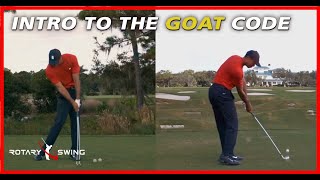
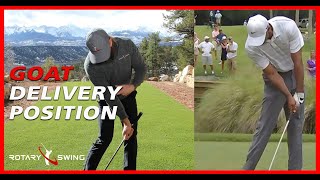

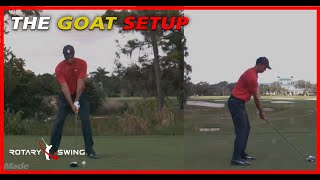
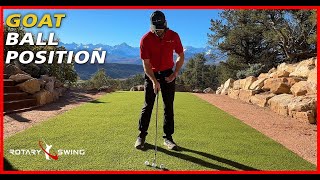
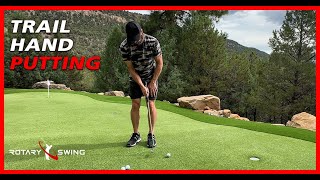


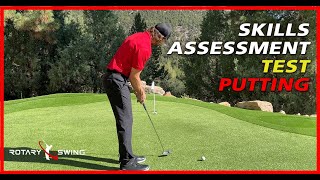
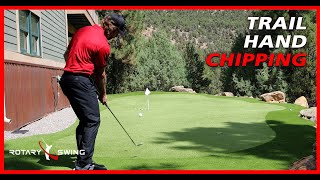
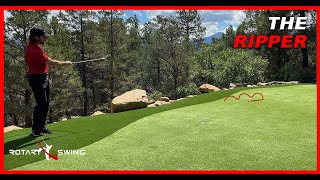
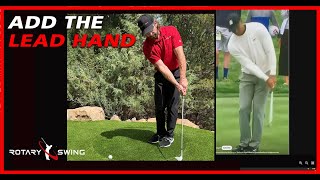

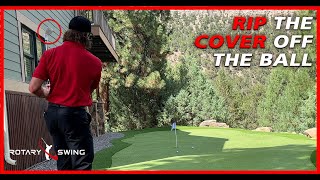
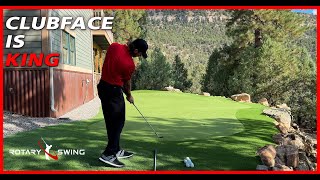
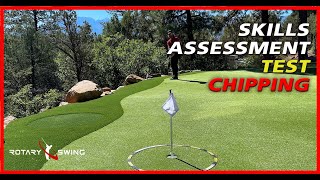
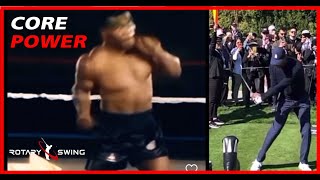
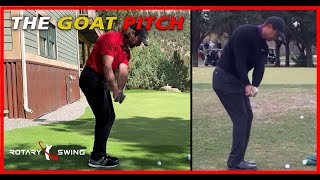
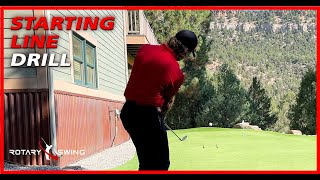
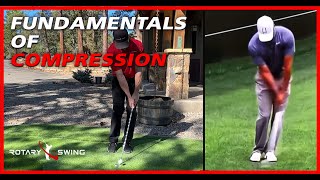
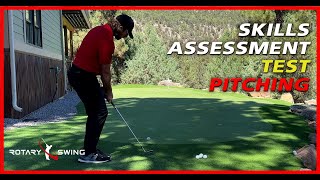
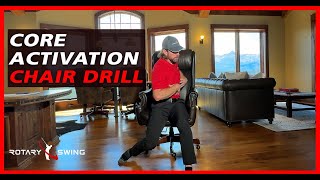
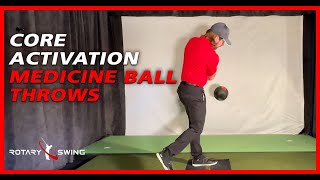
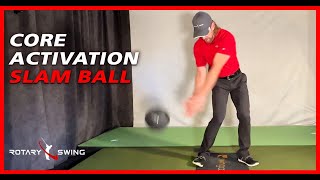
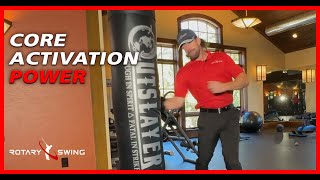
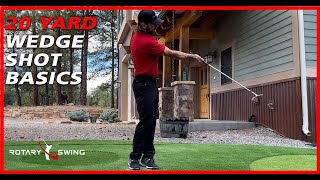
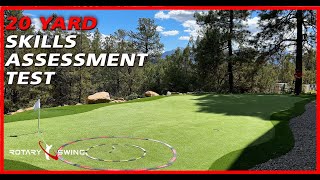
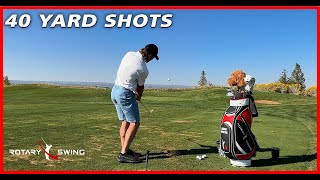
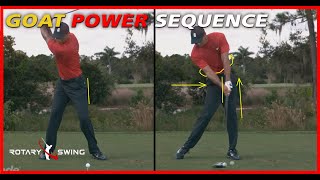
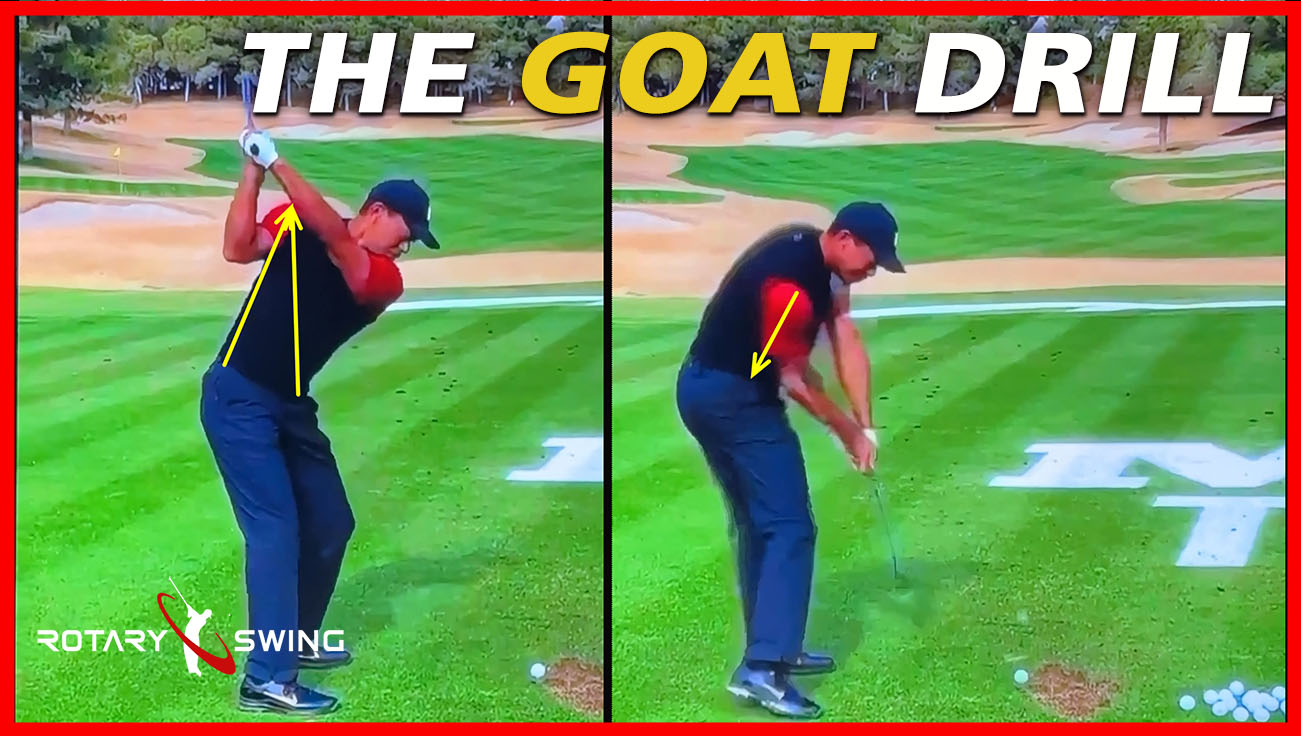

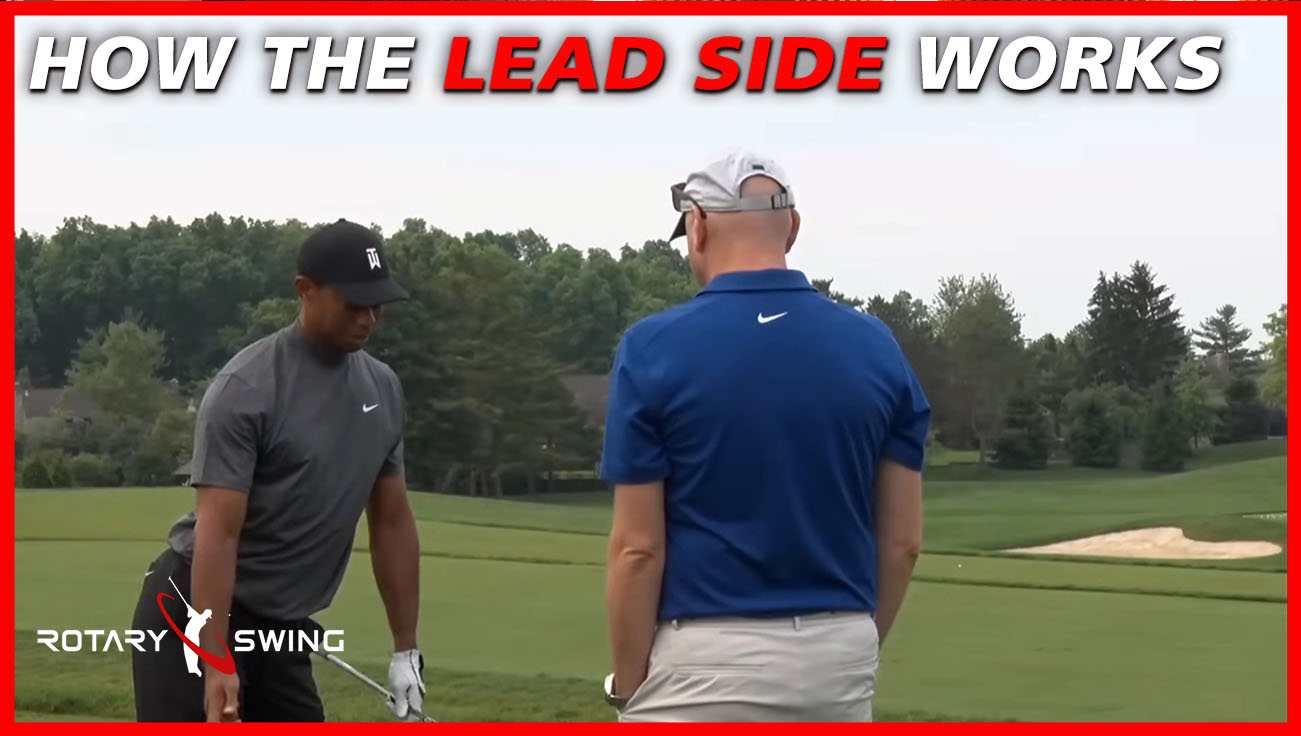
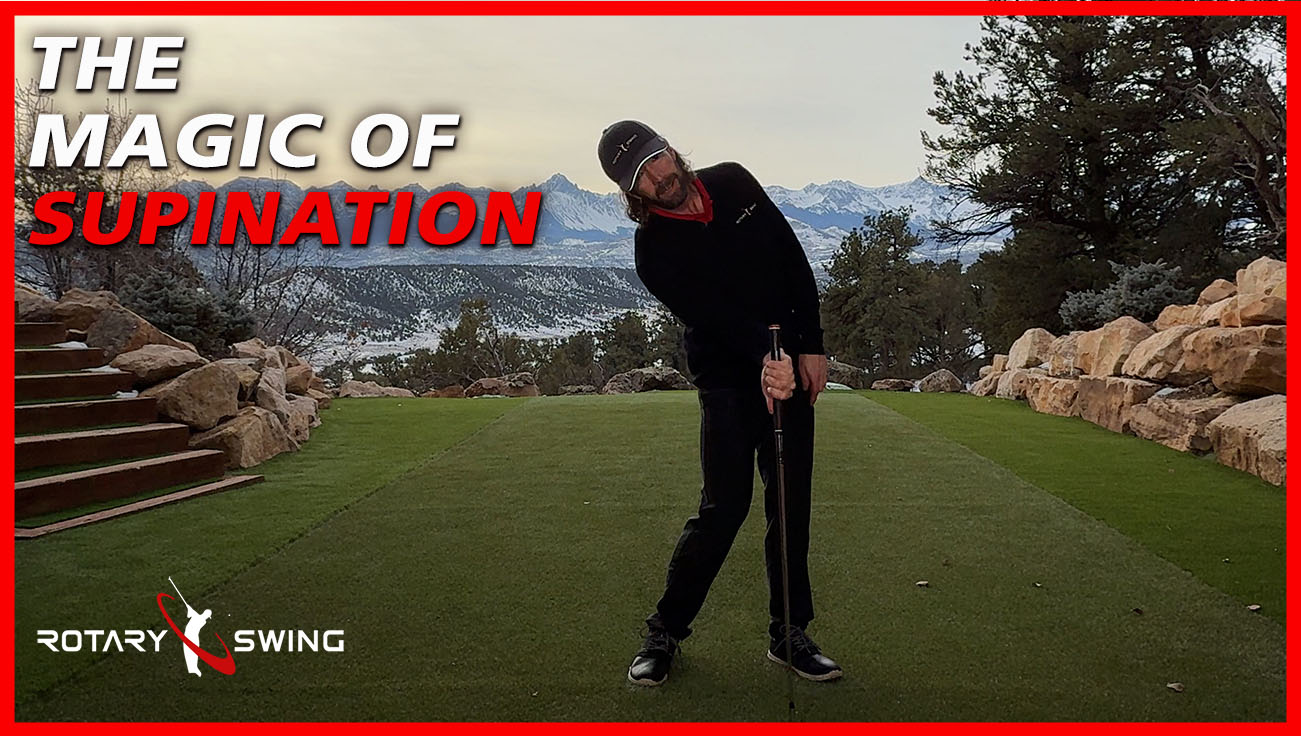

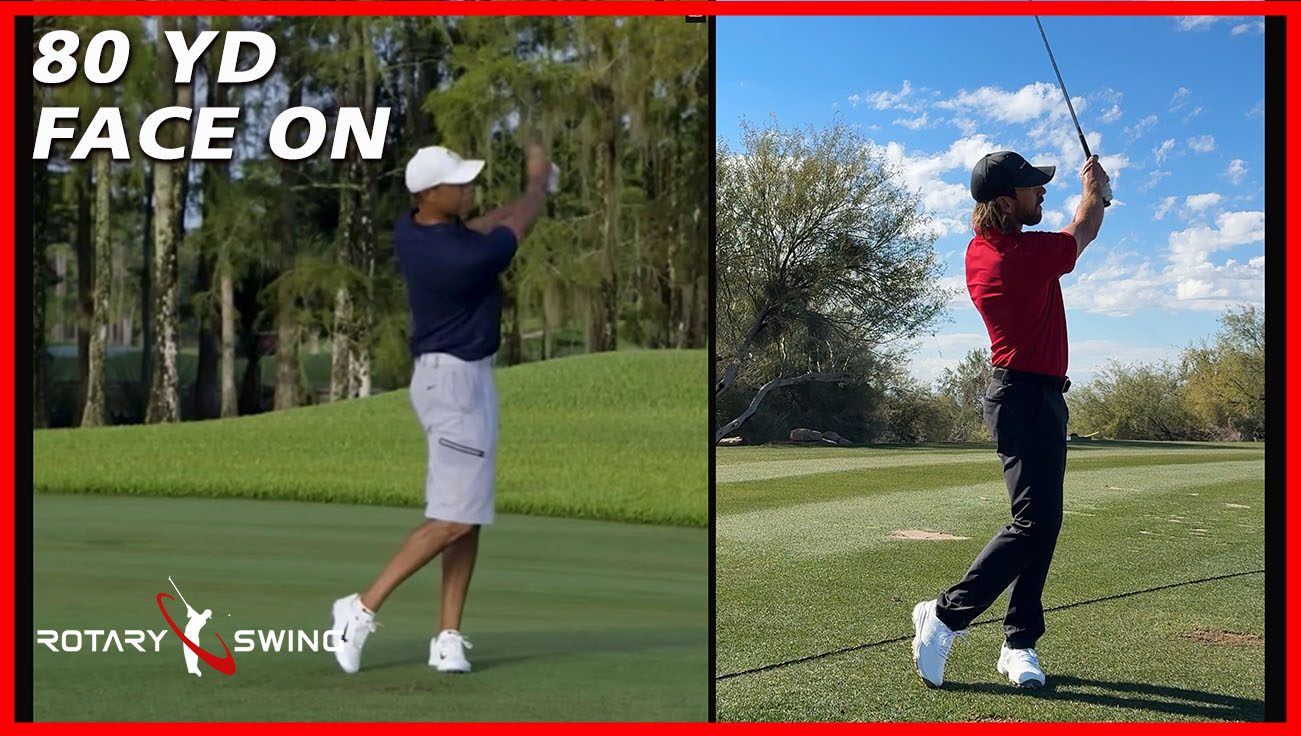
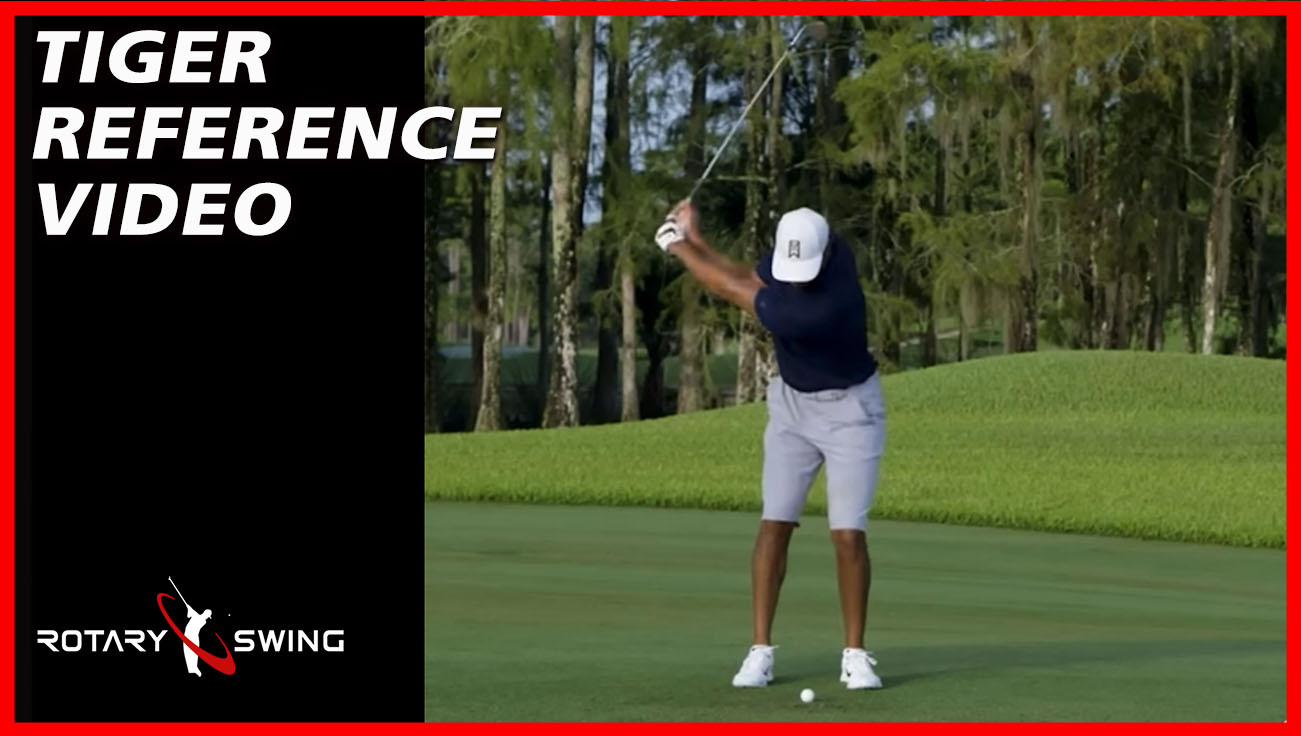

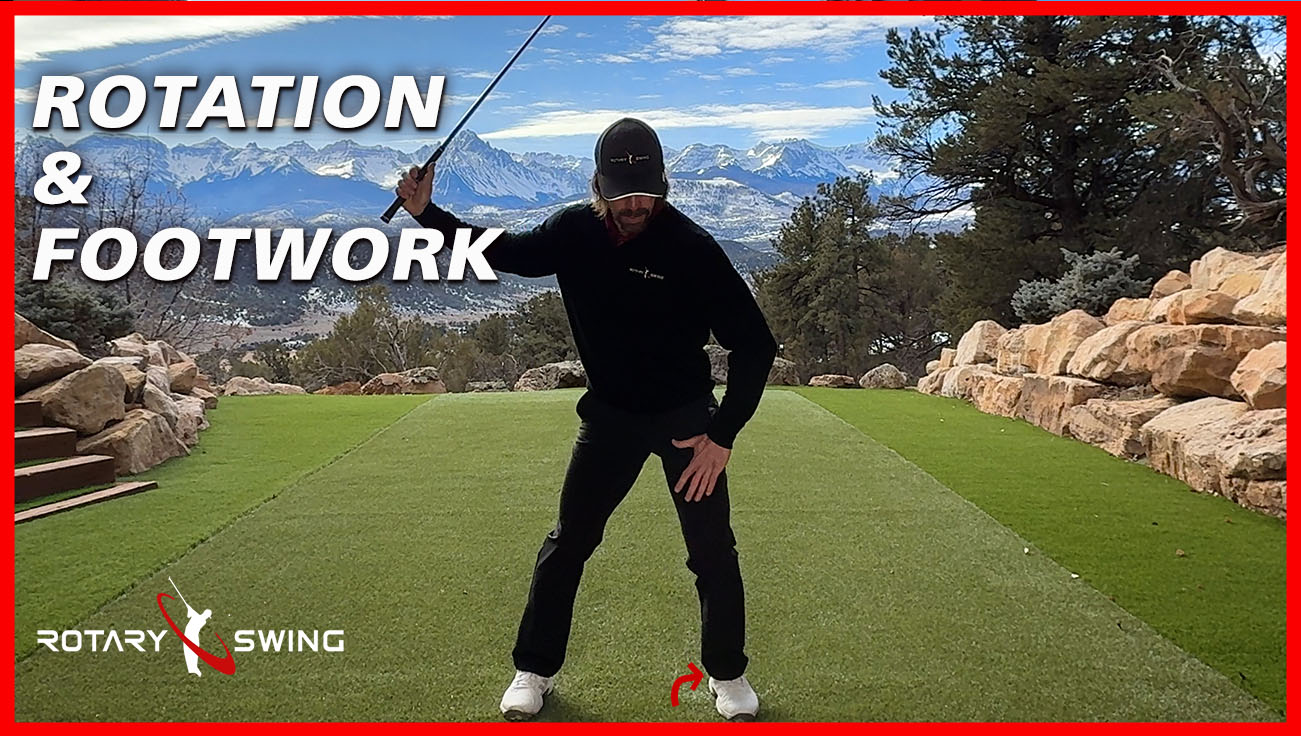
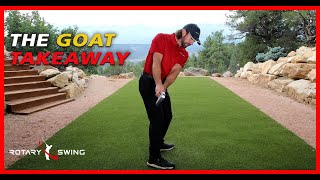
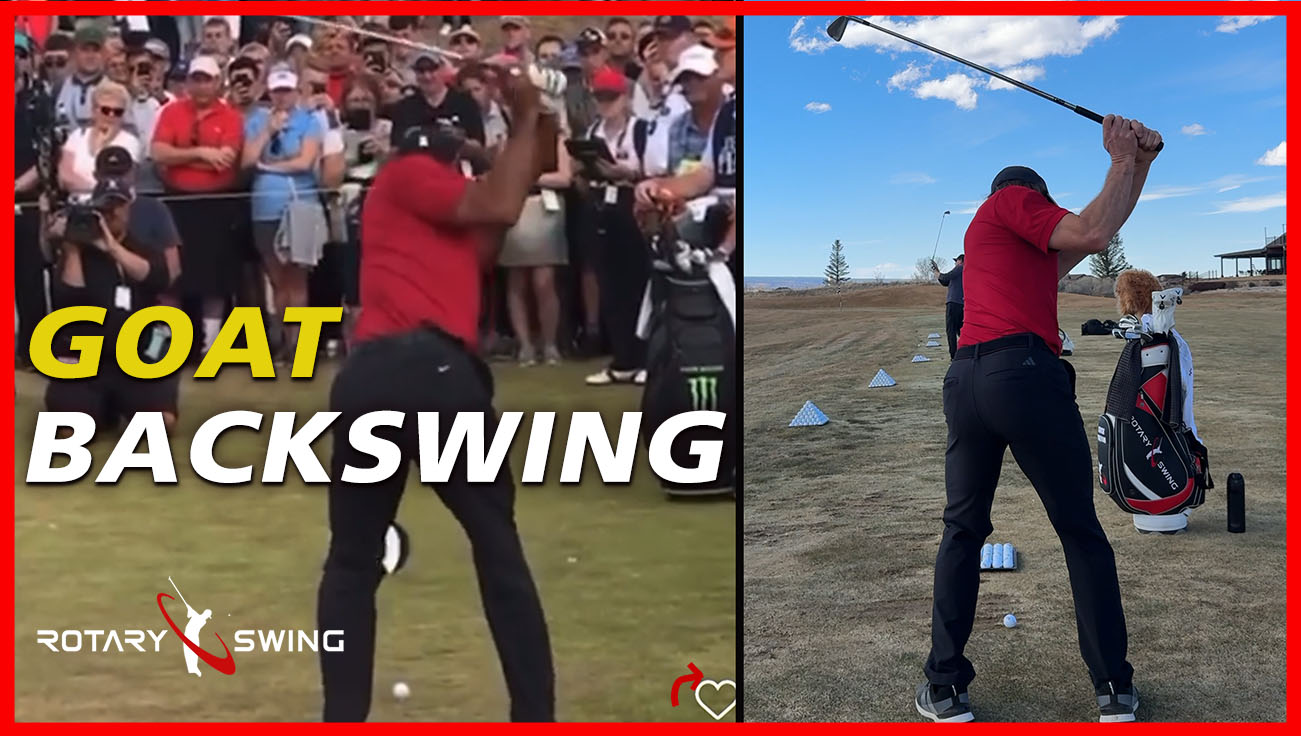
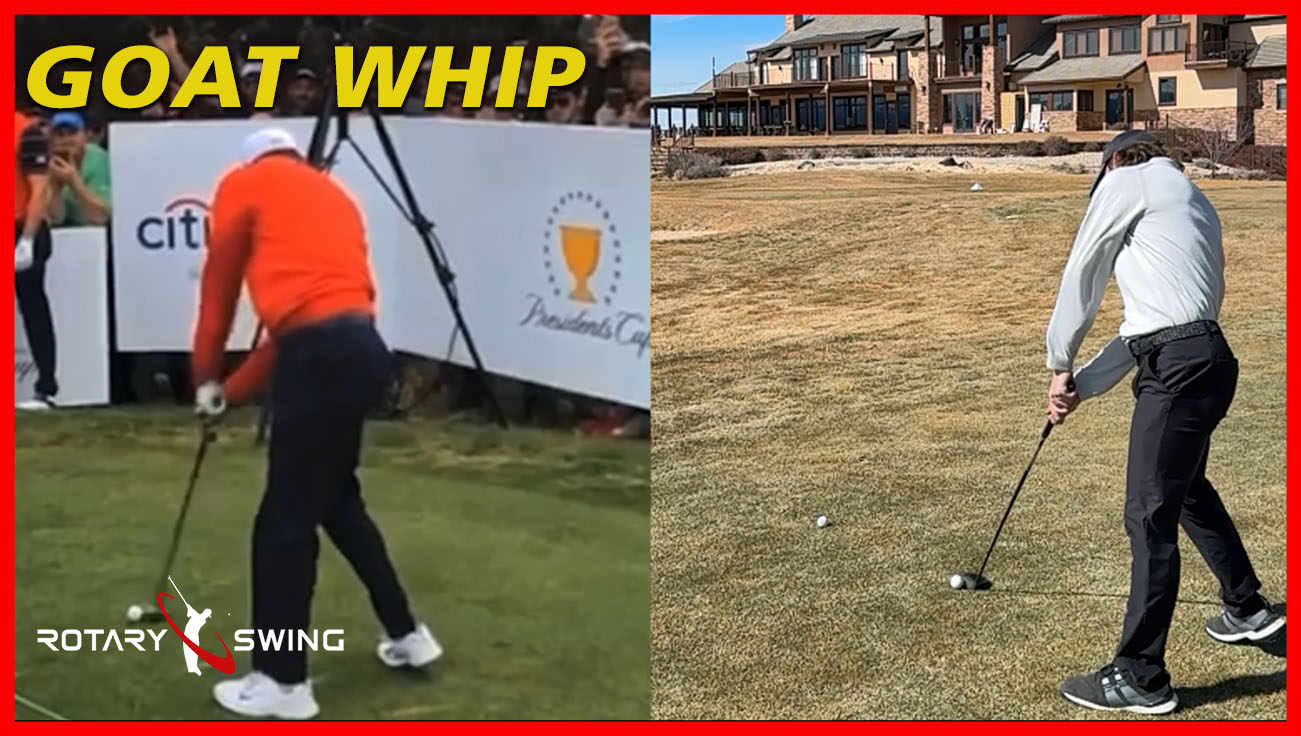
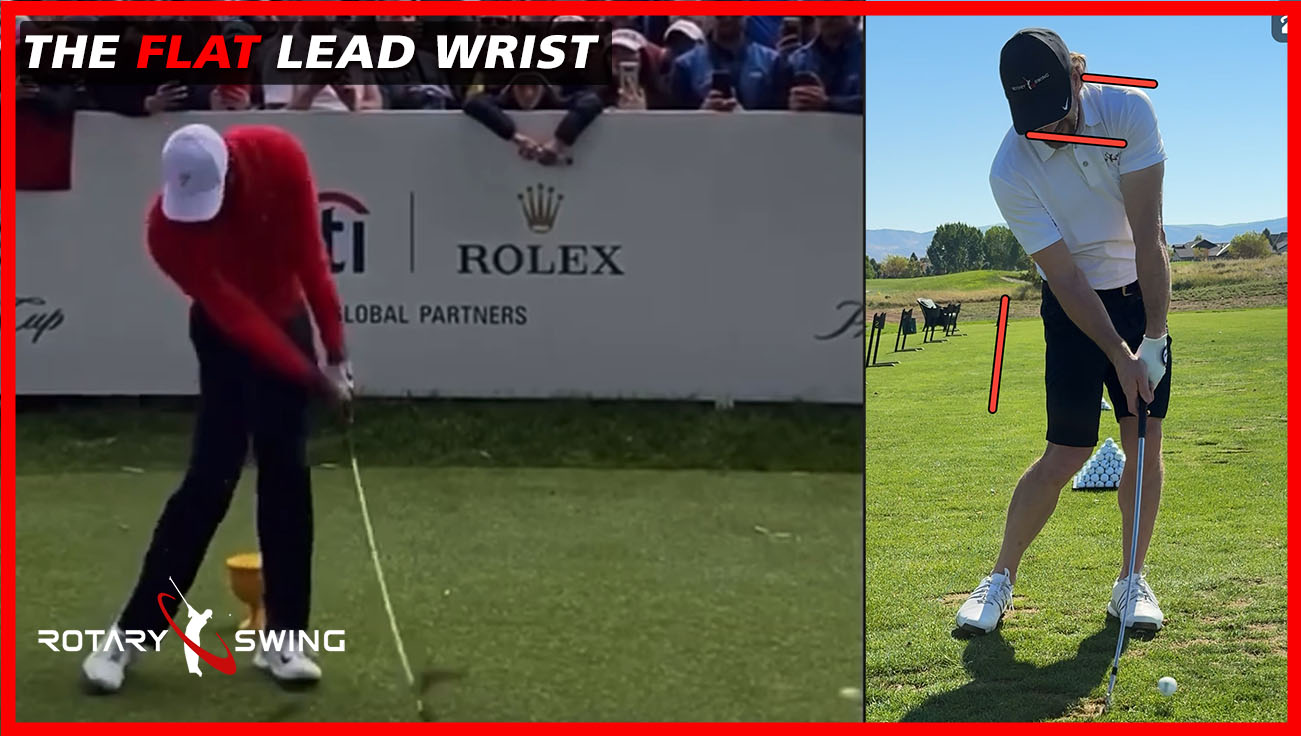
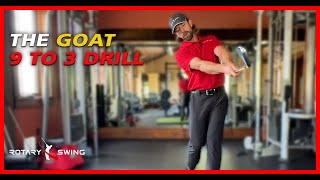
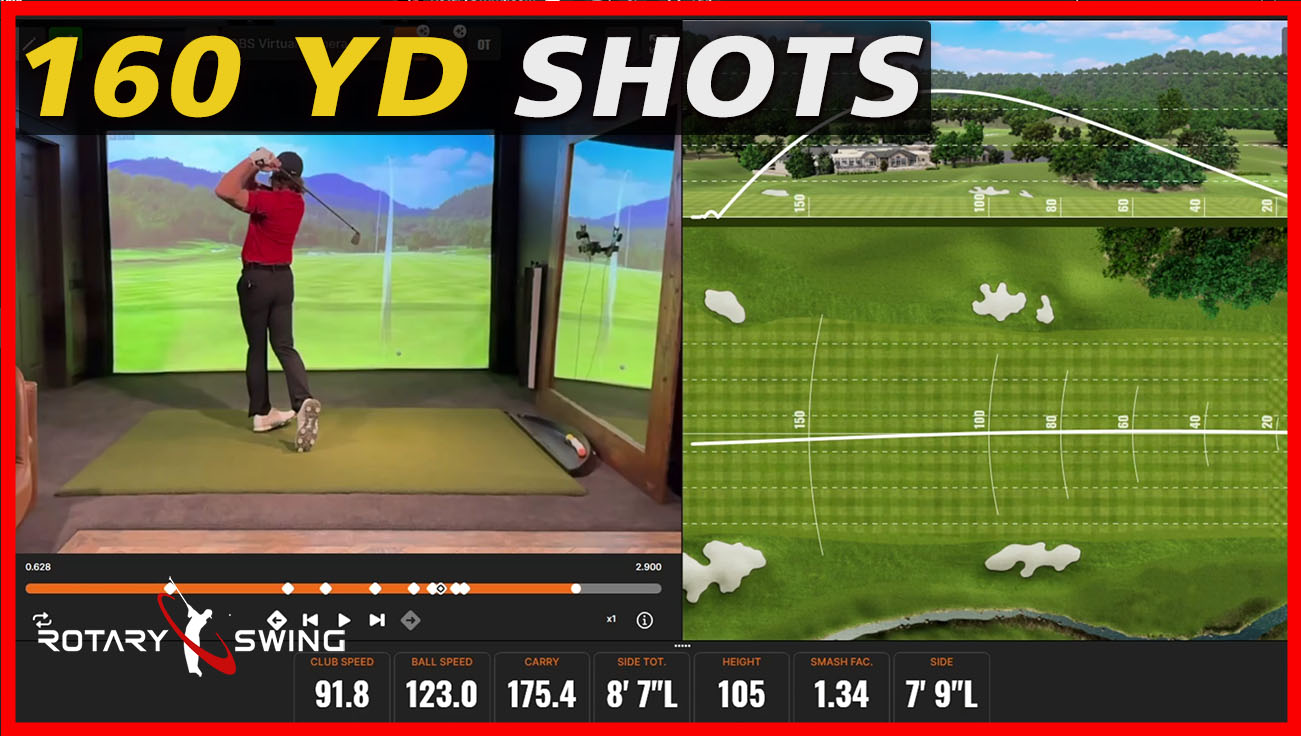
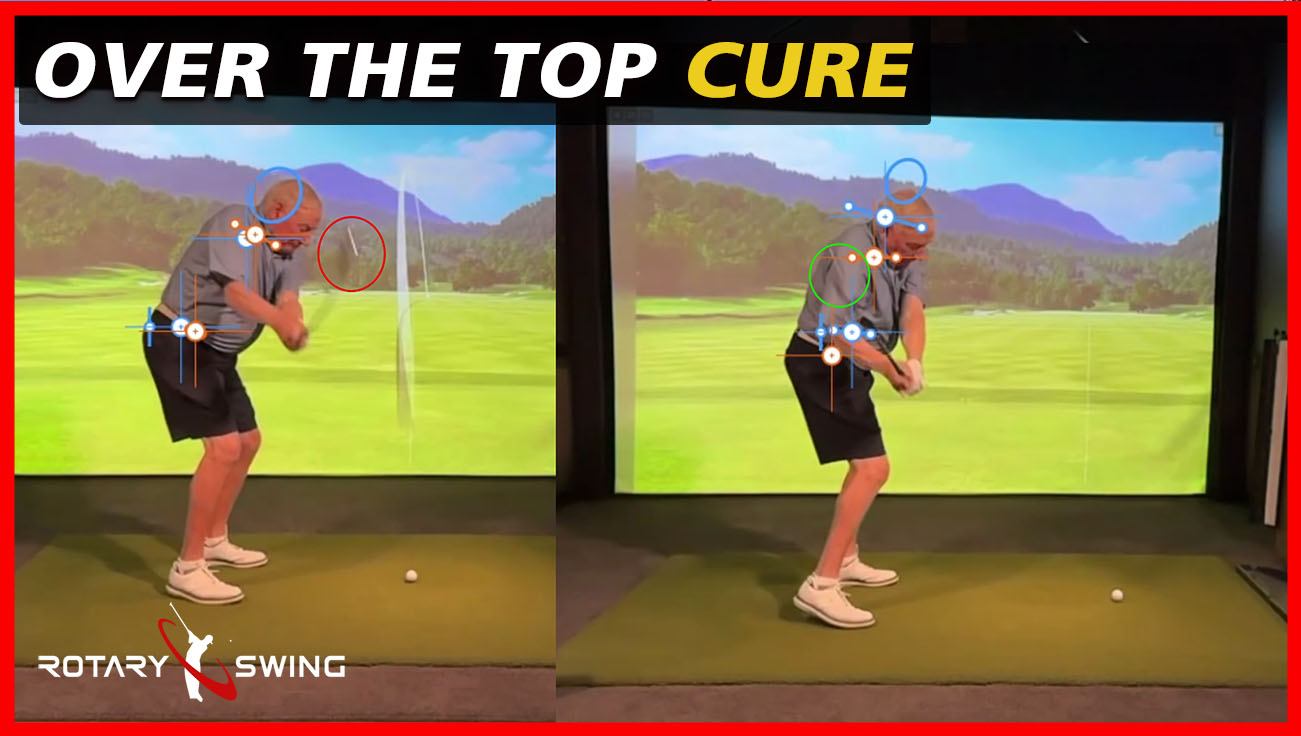
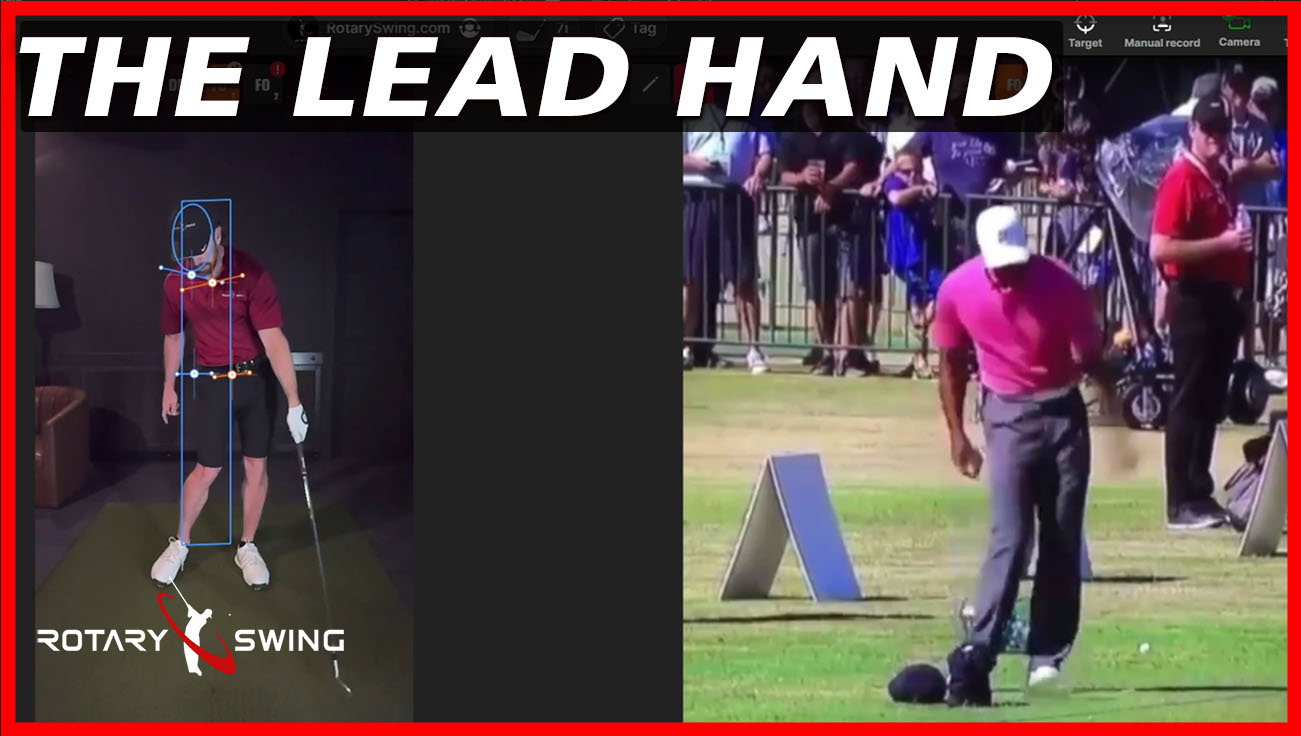
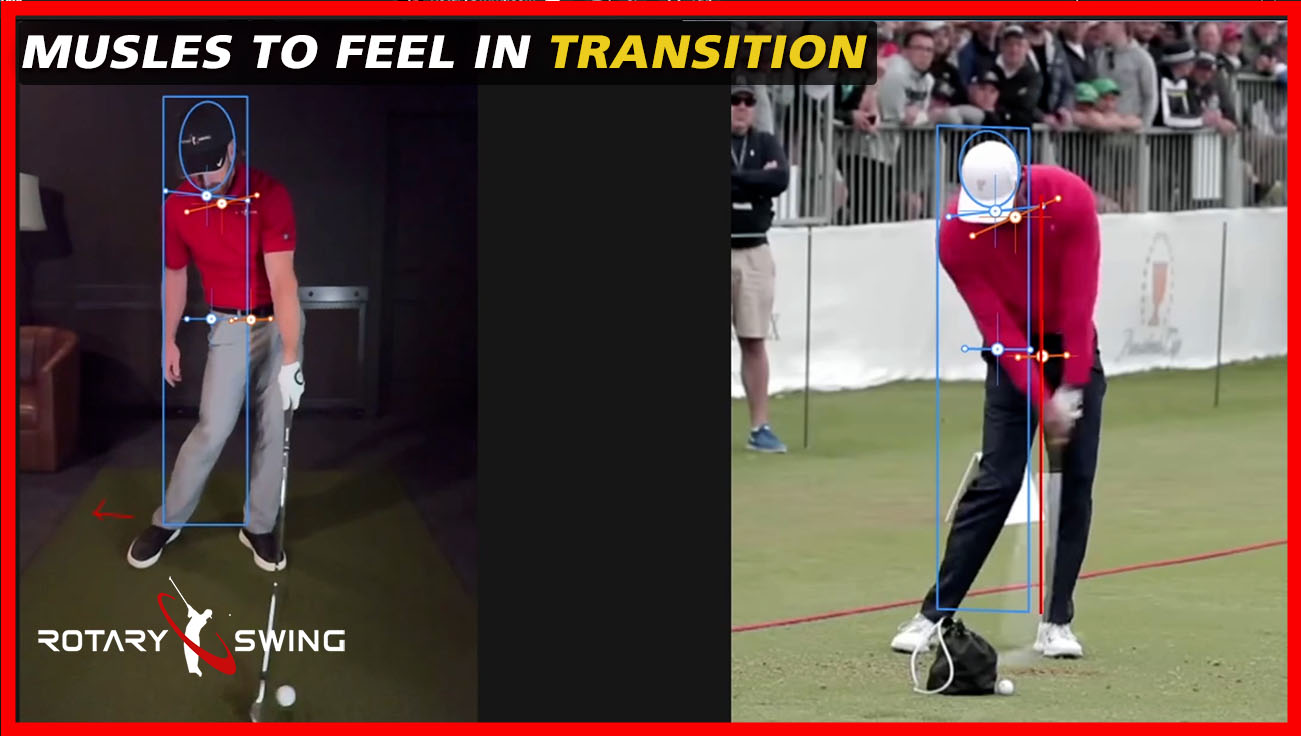
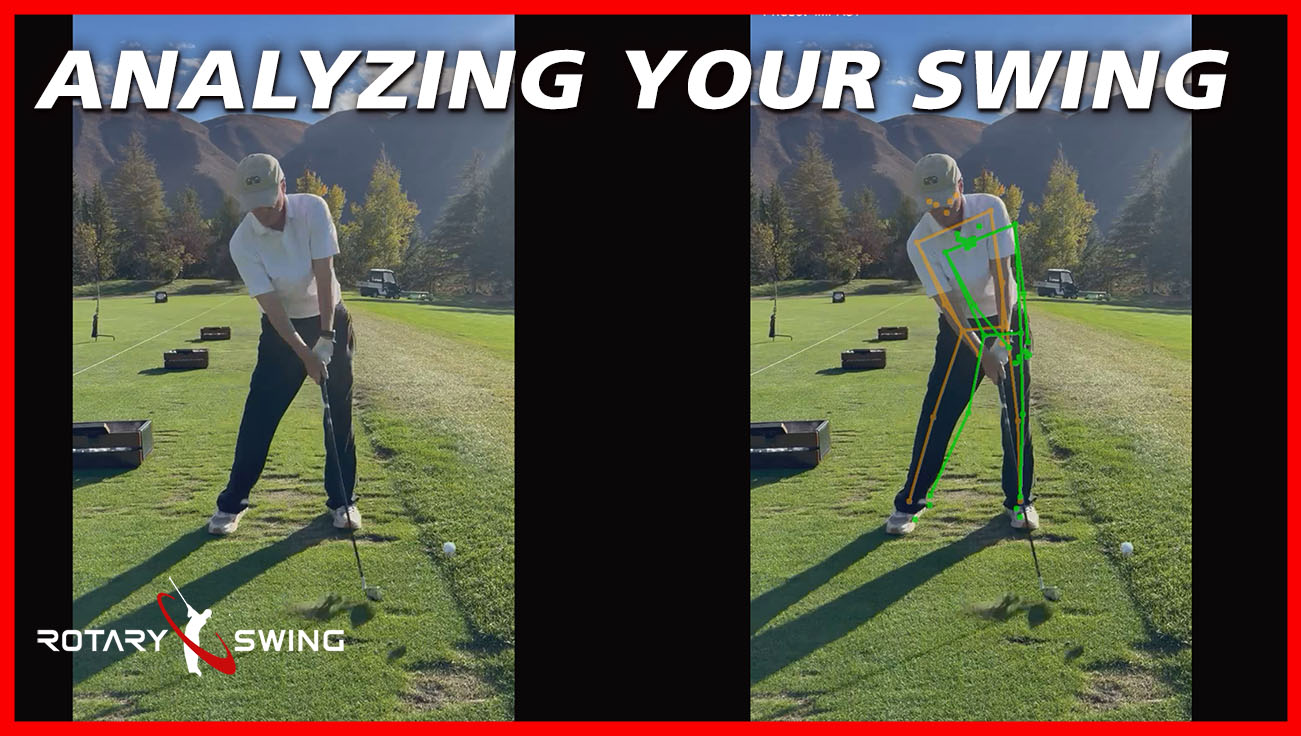
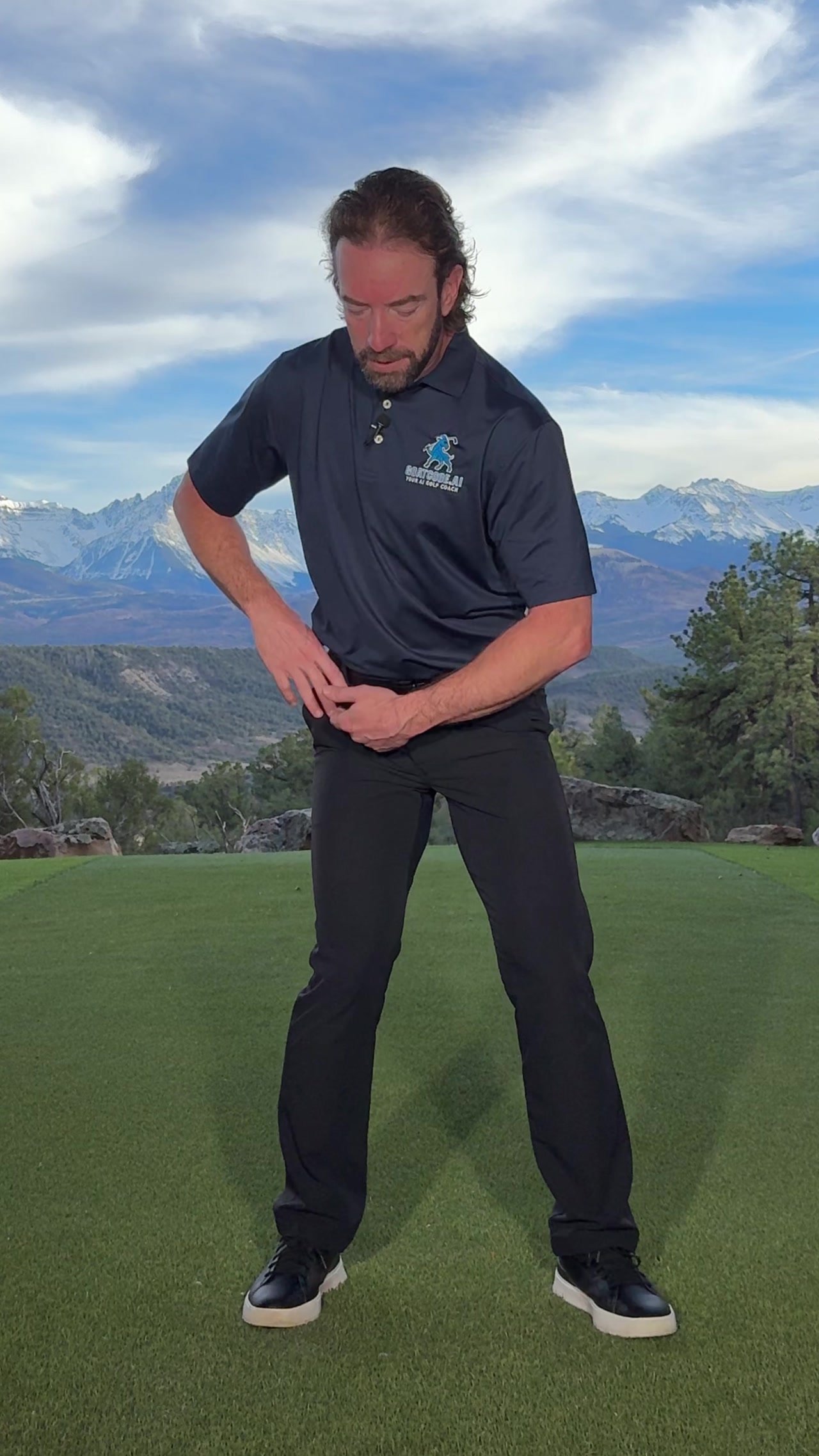
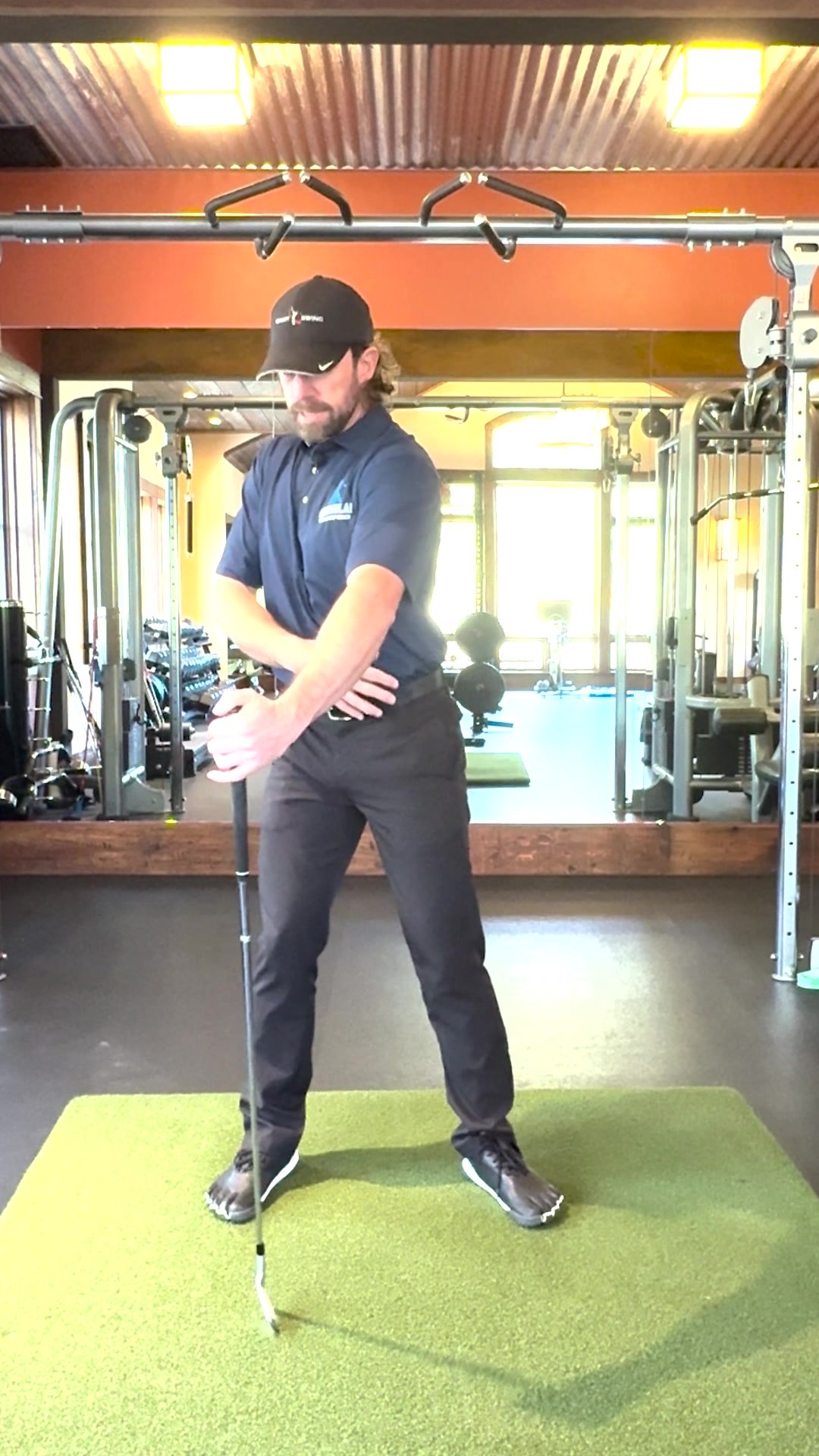
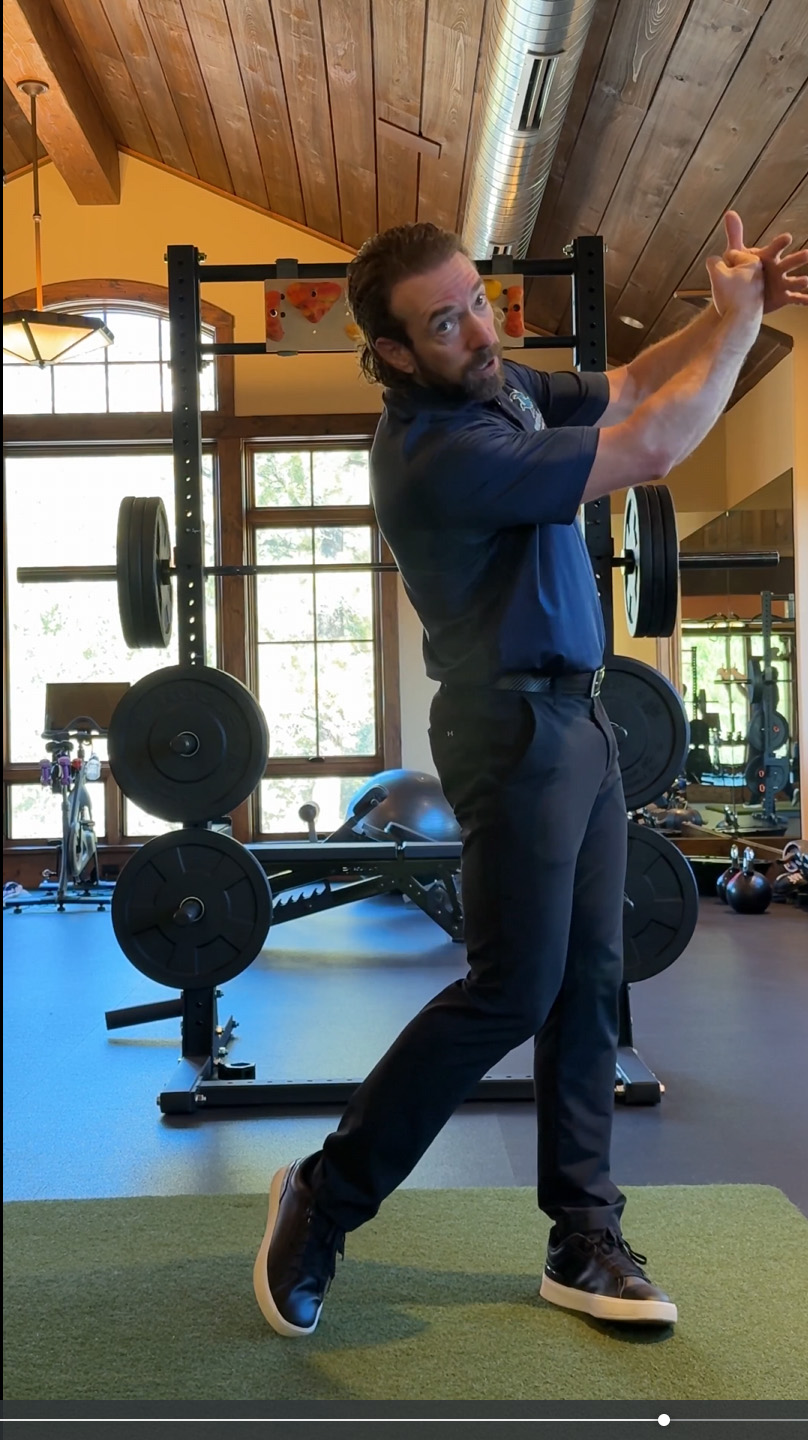
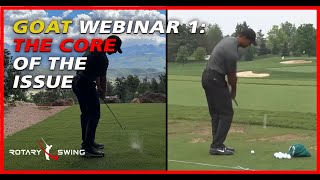
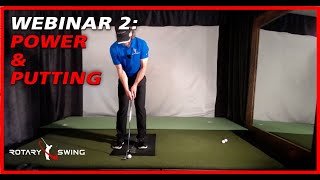
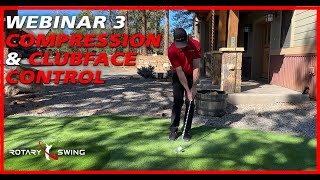
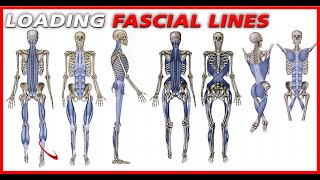
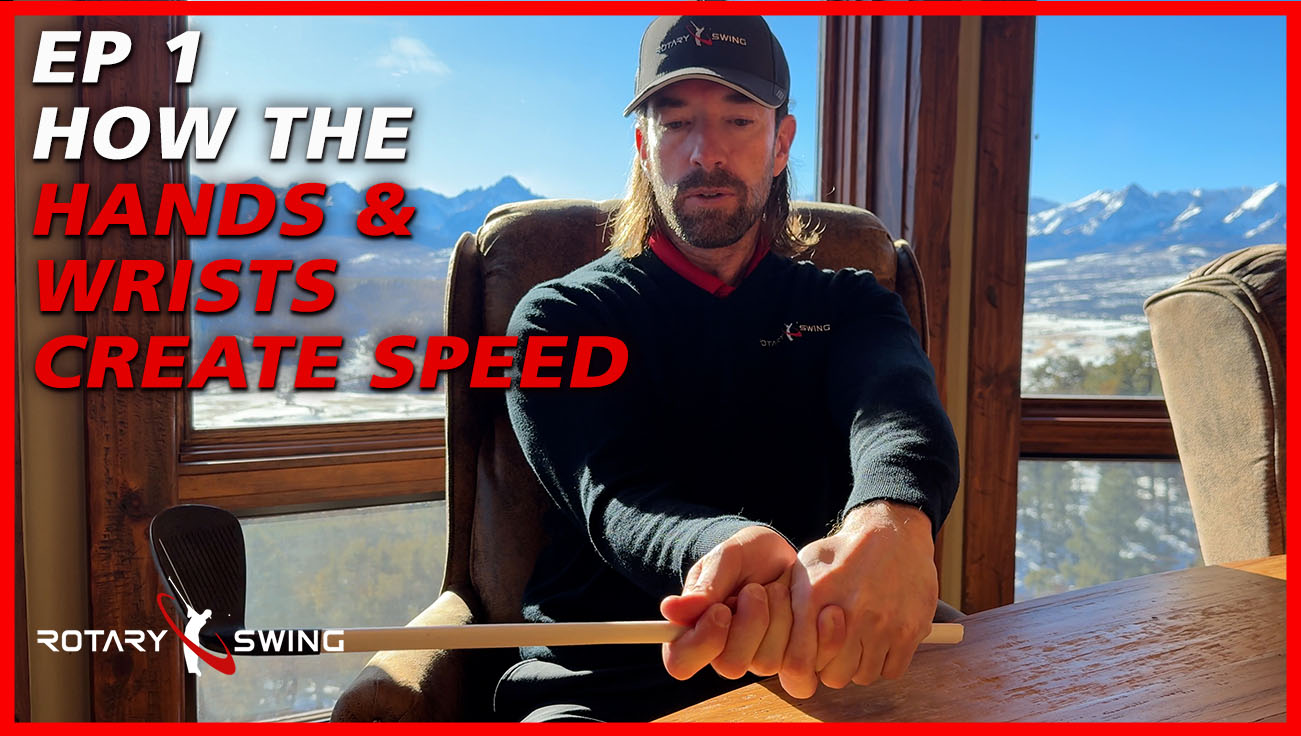

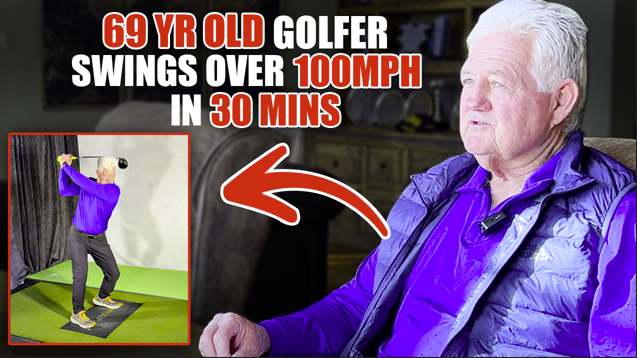
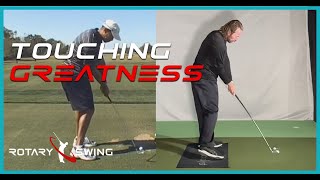
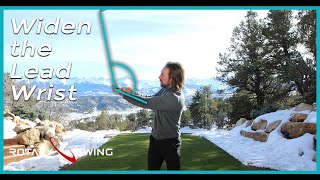
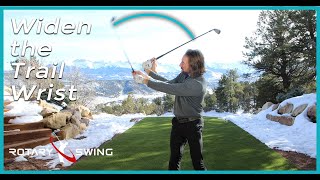
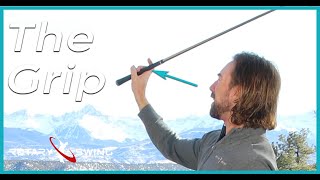


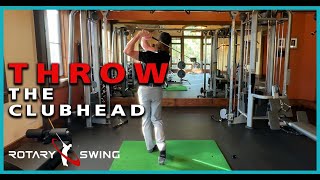
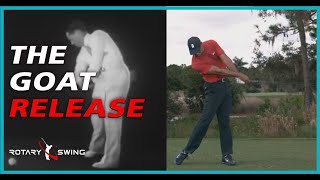
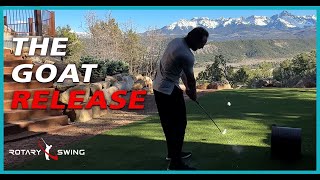
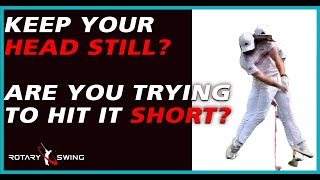
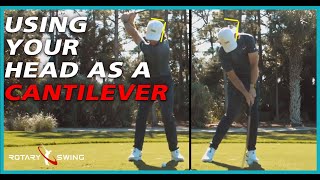
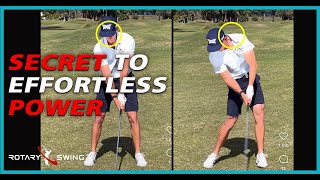
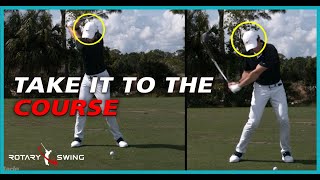
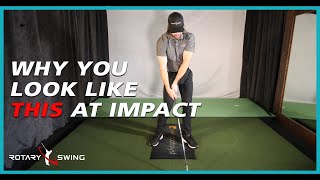
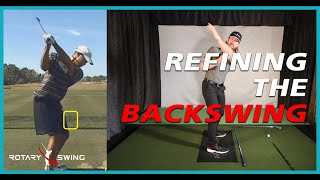
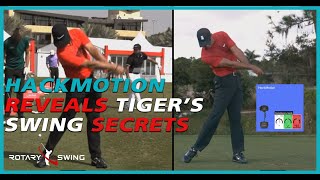
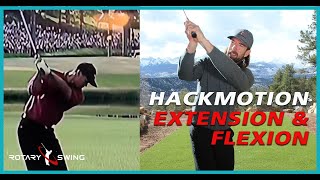
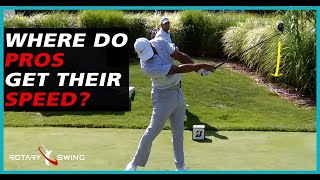
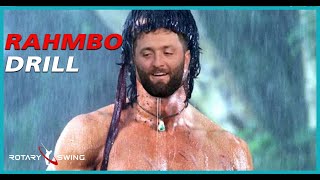
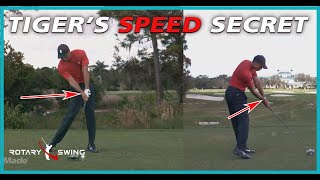
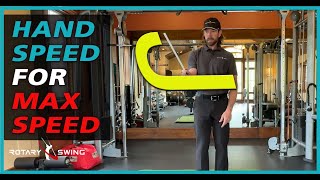
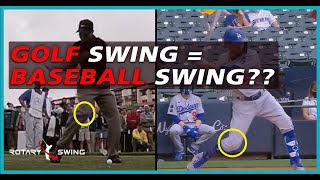
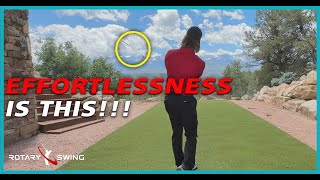

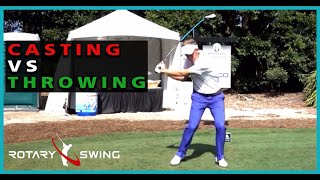
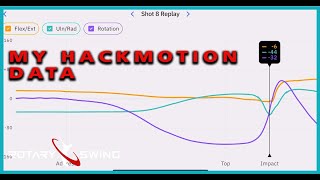
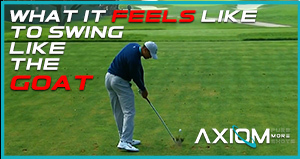

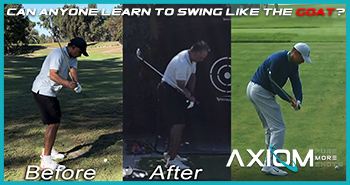

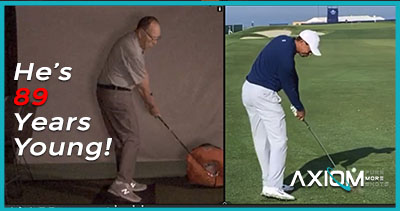
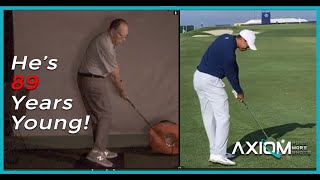
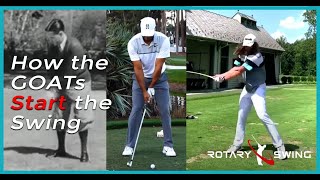
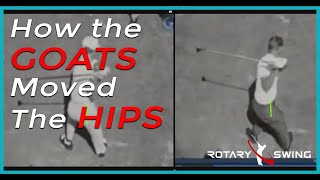
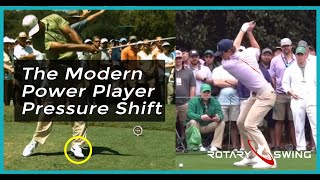
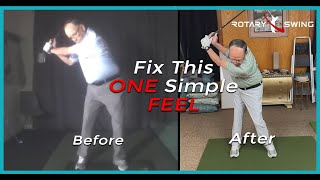
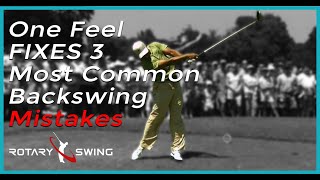
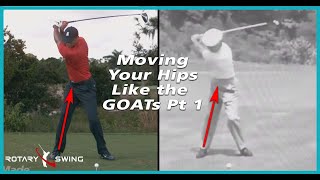
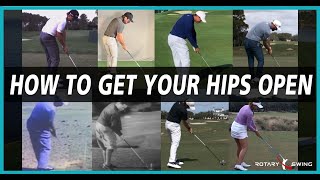
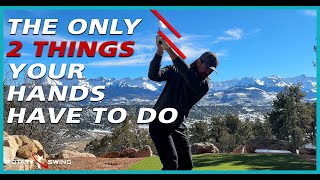
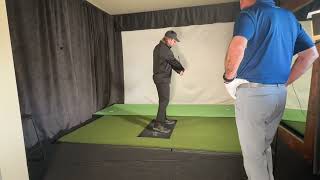
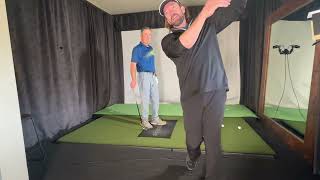
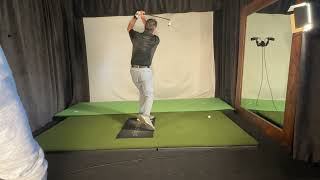
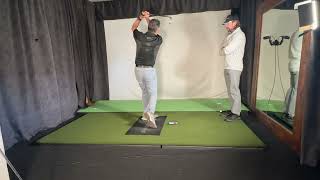
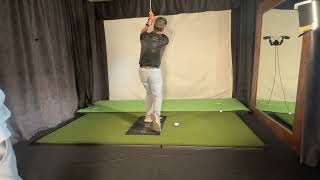
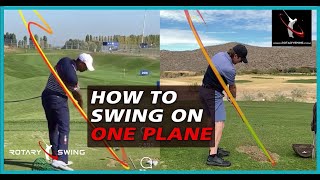
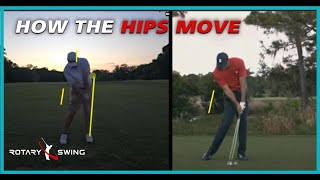
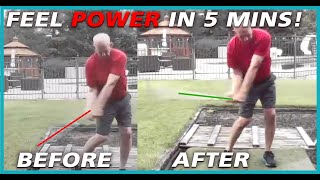
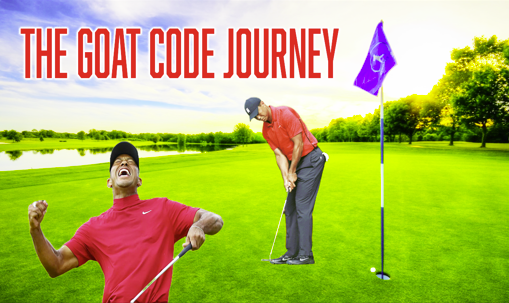
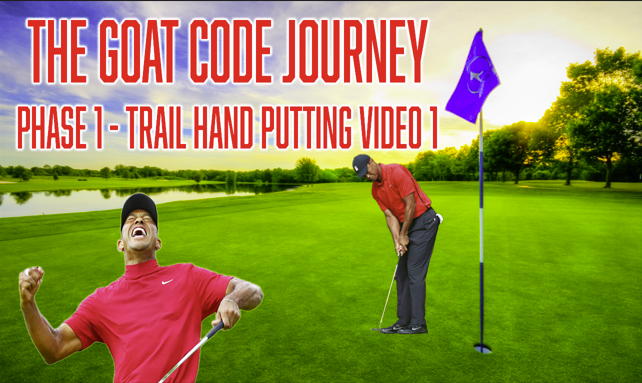
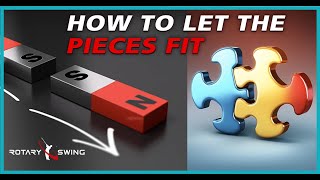


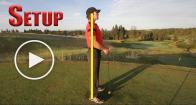
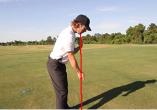
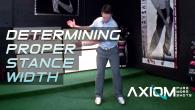
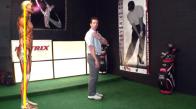
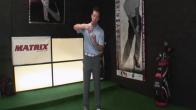
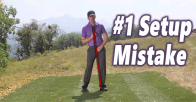
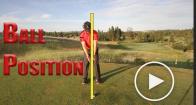
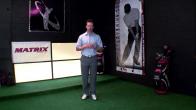
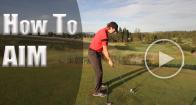
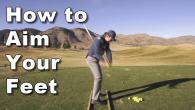
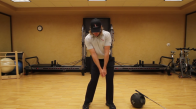
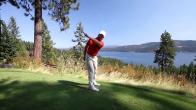
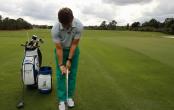
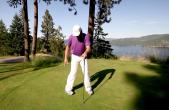
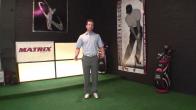
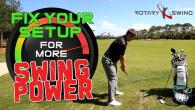

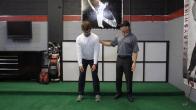
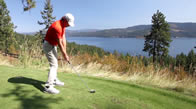
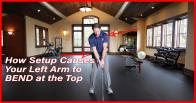

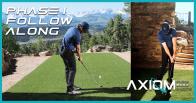
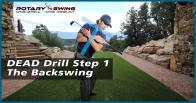
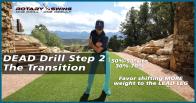
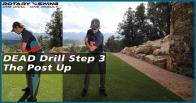

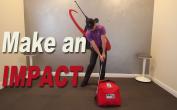
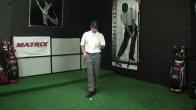
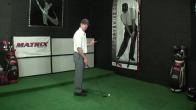
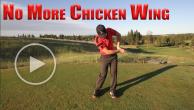
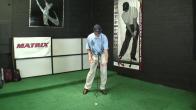
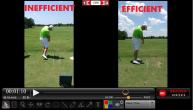
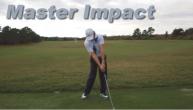
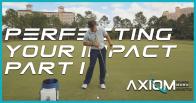
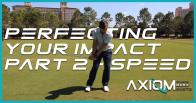
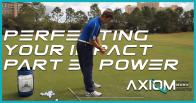
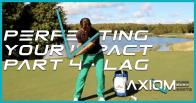

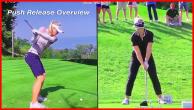

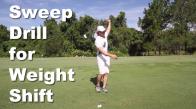
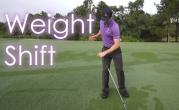
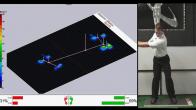
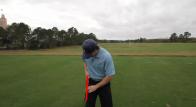
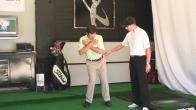
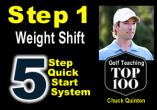

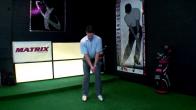
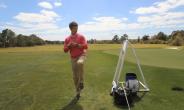
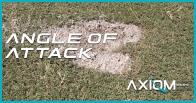
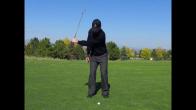
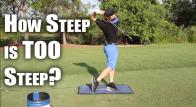
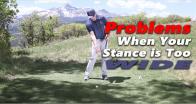
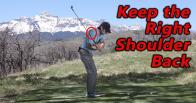
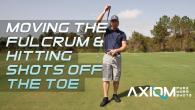
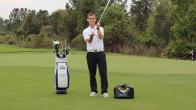
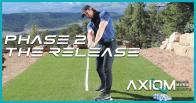

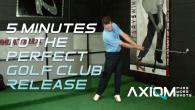
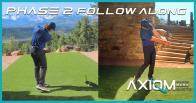
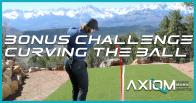

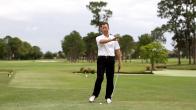
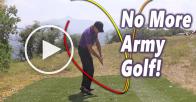
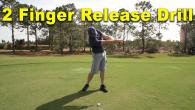
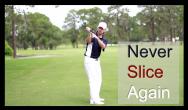
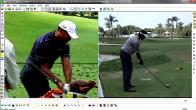
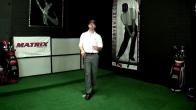
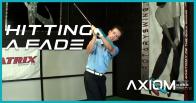
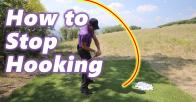
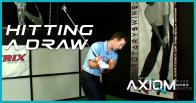
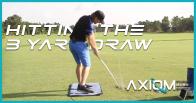
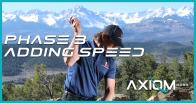
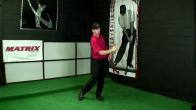
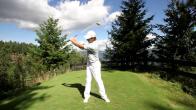
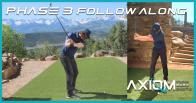

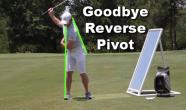

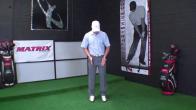
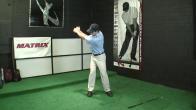
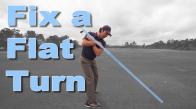
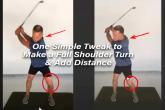

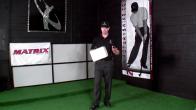
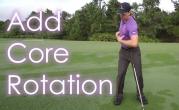
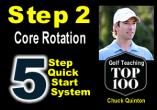
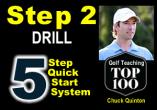
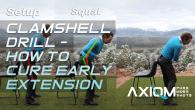
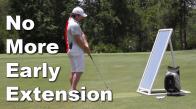
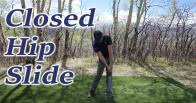

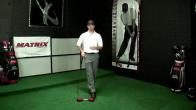
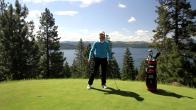
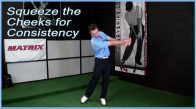
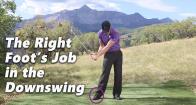
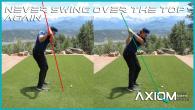
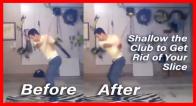
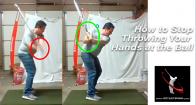
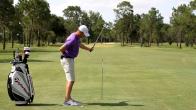
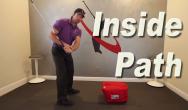
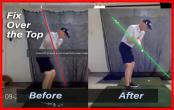
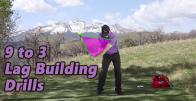
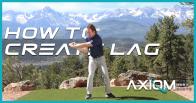
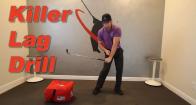
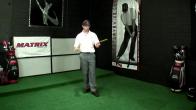
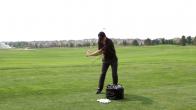

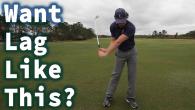

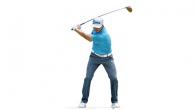
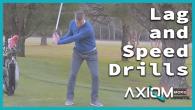
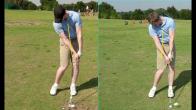
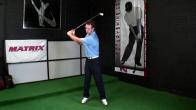
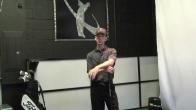


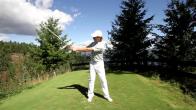

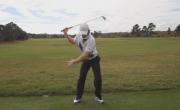
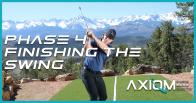
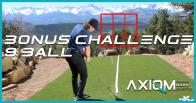

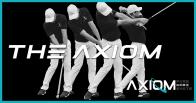
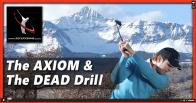
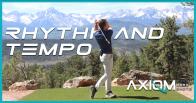
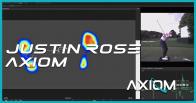
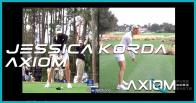
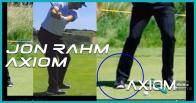
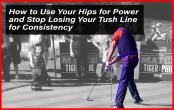

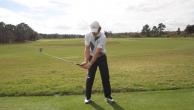
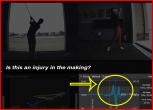
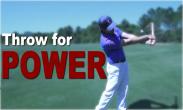
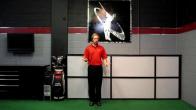

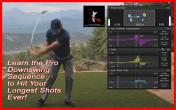
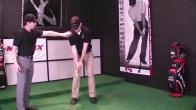
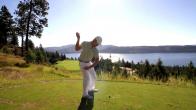
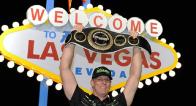
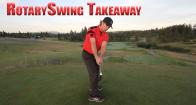

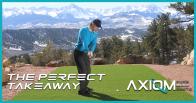
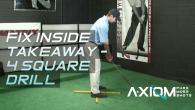
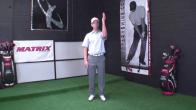
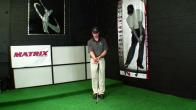

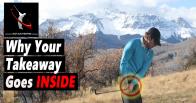
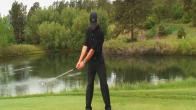
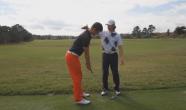
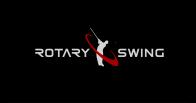


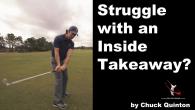
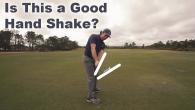
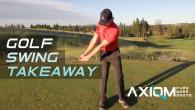
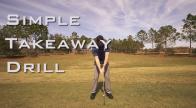
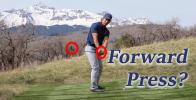
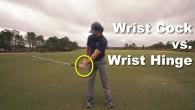
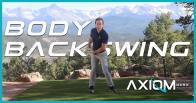
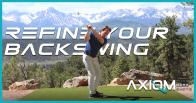
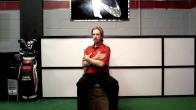
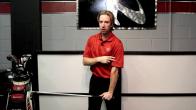
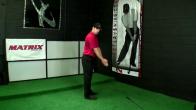
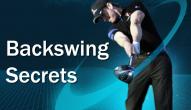
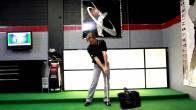
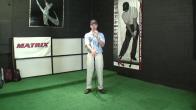
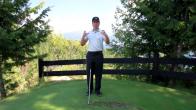
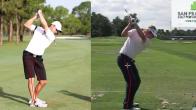
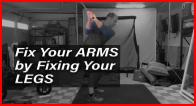
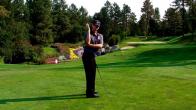
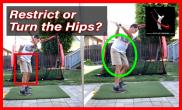


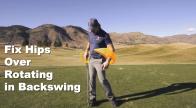
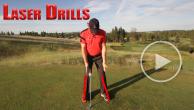
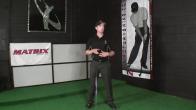
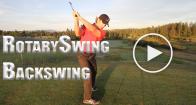
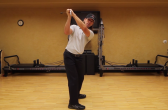
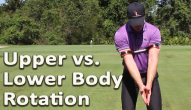
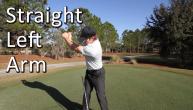

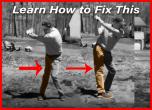
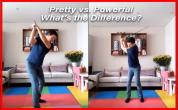
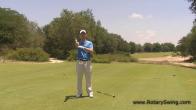
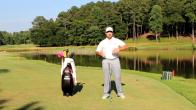
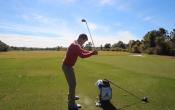


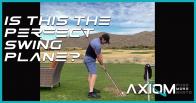
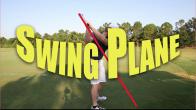
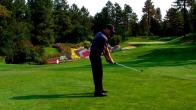
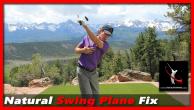
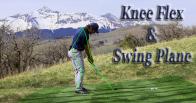
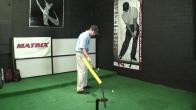
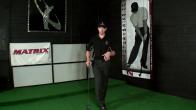
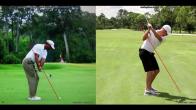

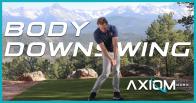

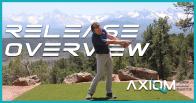
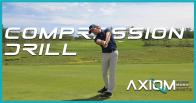
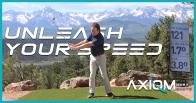
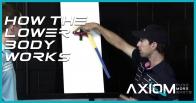
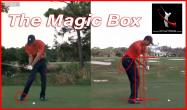
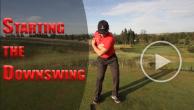
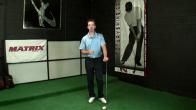
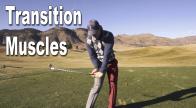
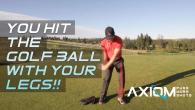
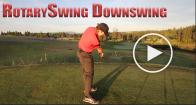
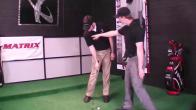
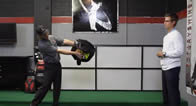
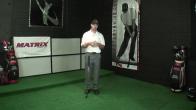
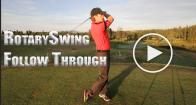
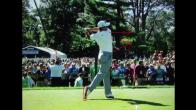
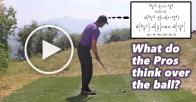
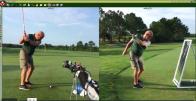
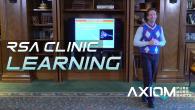
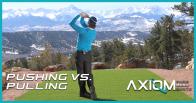
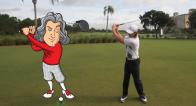
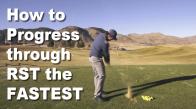

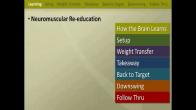
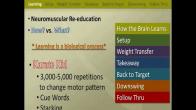
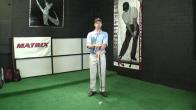

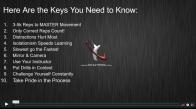

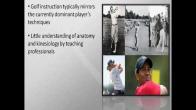


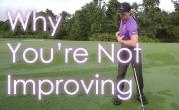
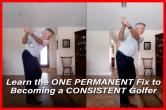
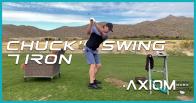
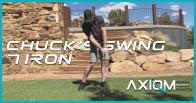
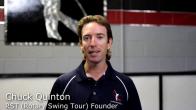
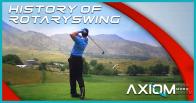
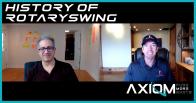
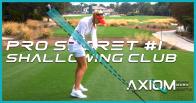
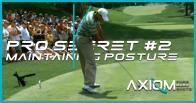
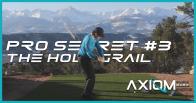
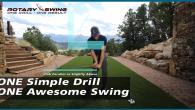
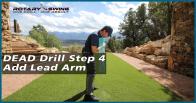
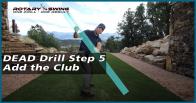
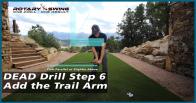
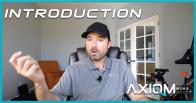
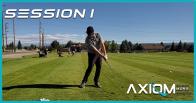
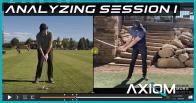
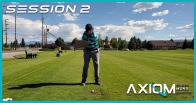
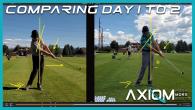
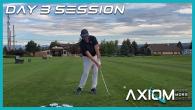

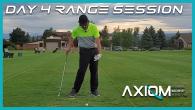


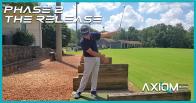
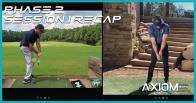
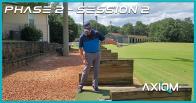
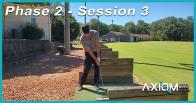
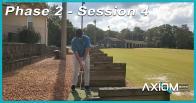
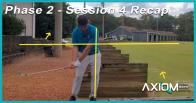
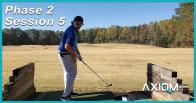
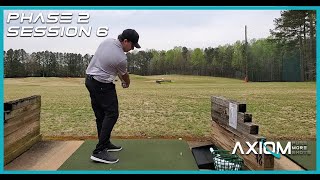
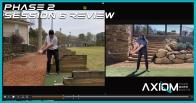
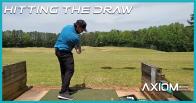
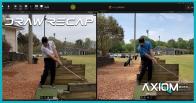

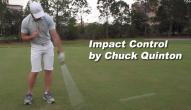
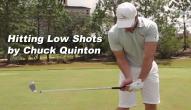

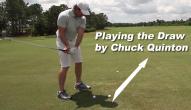
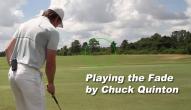
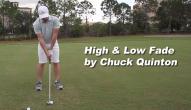
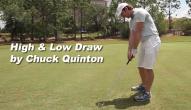
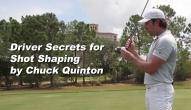

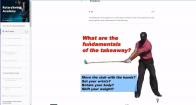

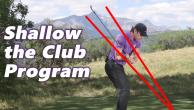
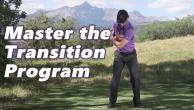
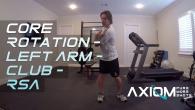
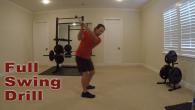

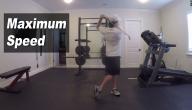
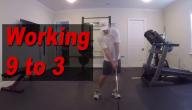
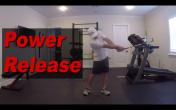
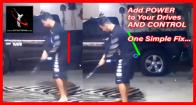
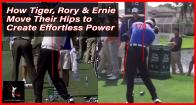
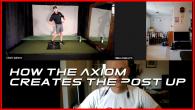
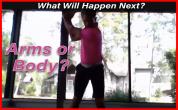
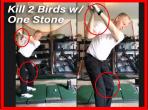
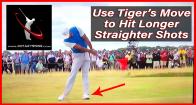
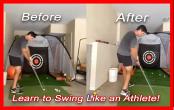
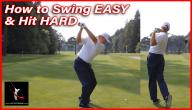
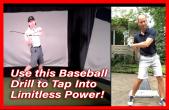
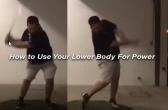
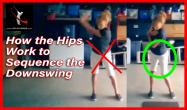

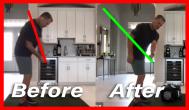
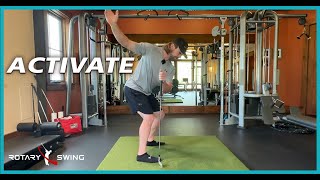

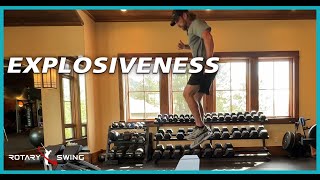
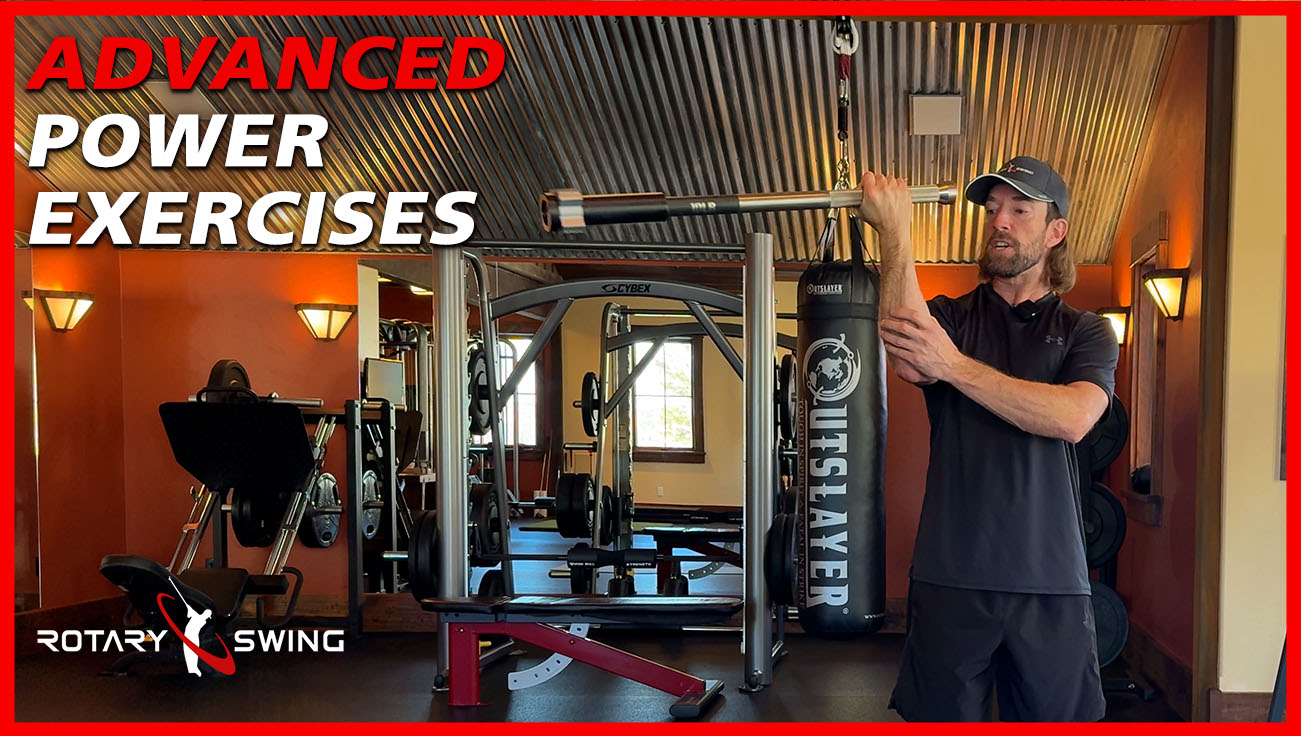
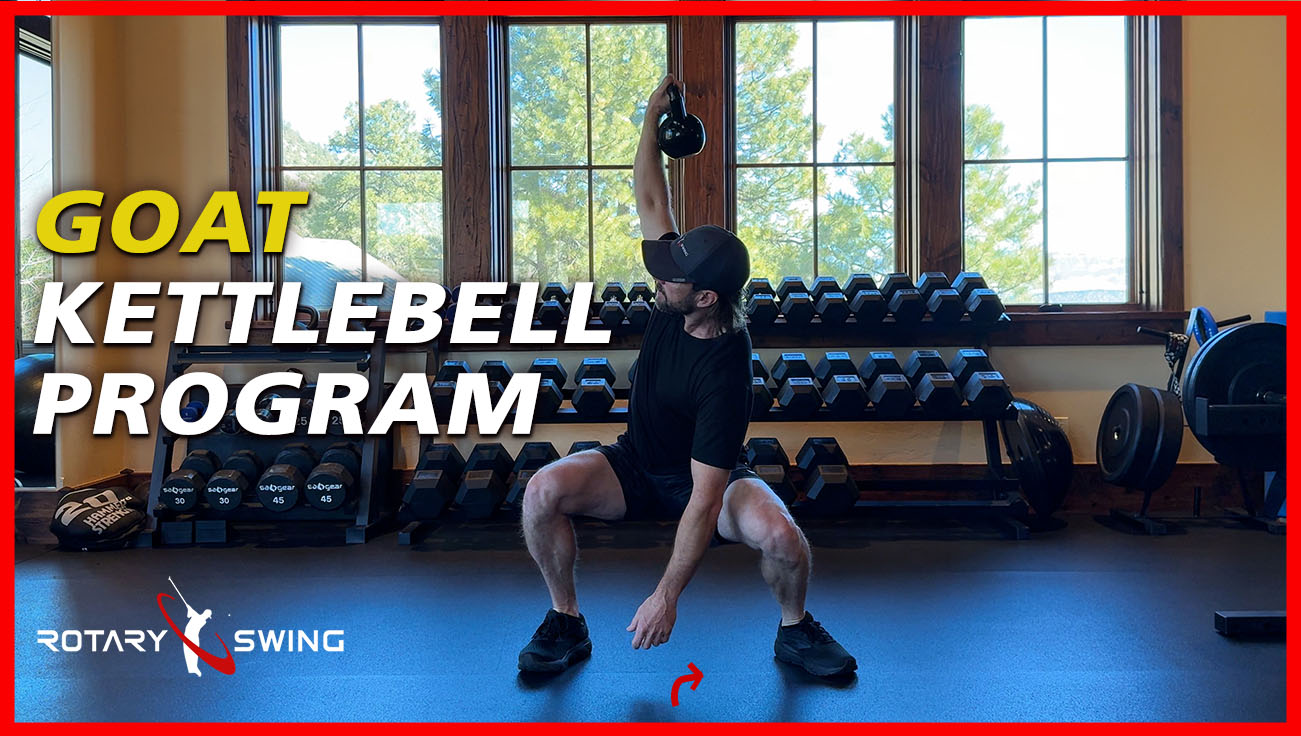

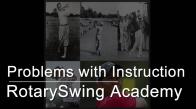
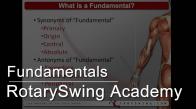
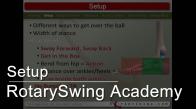
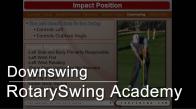
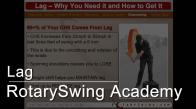
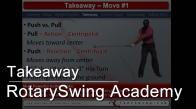
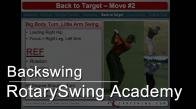
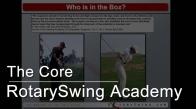
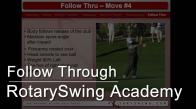

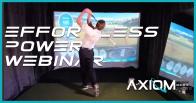
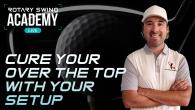

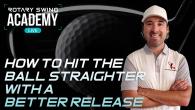
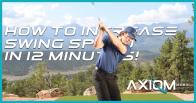
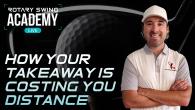

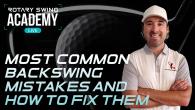
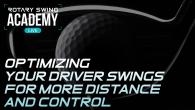
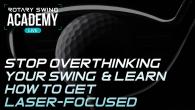


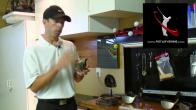
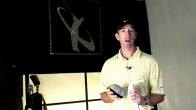
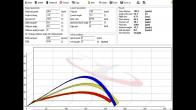
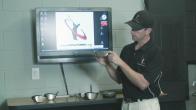
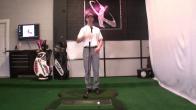
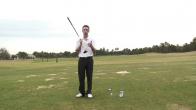
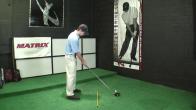
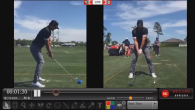
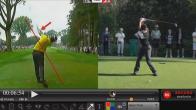
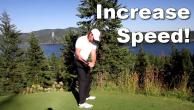
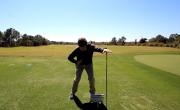
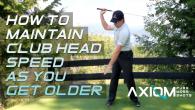
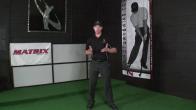
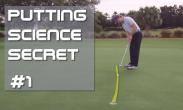
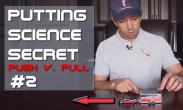
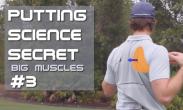
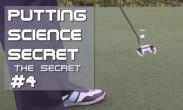
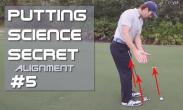
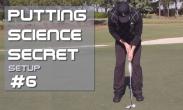
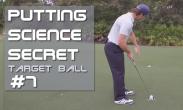
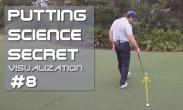
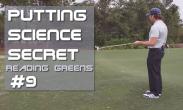
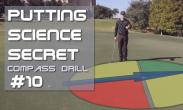
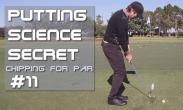
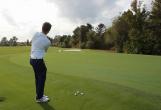

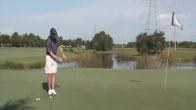
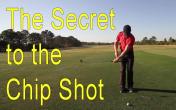
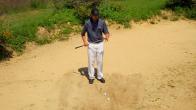
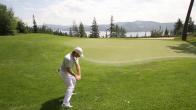
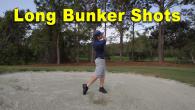
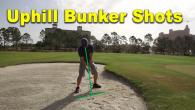
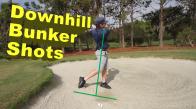
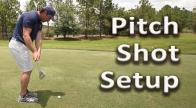
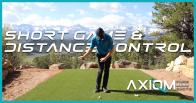
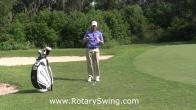
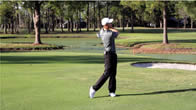
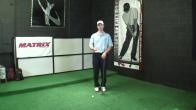

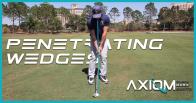
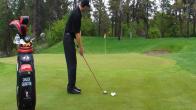
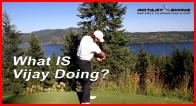





Robert
Craig (Certified RST Instructor)
Robert
Craig (Certified RST Instructor)
Ernie
Craig (Certified RST Instructor)
Ernie
Frank
Craig (Certified RST Instructor)
Fred
Craig (Certified RST Instructor)
John
Chuck
Kendall
Craig (Certified RST Instructor)
Geoff
Craig (Certified RST Instructor)
Jim
Craig (Certified RST Instructor)
Carver
Craig (Certified RST Instructor)
Carver
Ross
Craig (Certified RST Instructor)
Ross
Craig (Certified RST Instructor)
Vincent
Craig (Certified RST Instructor)
Vincent
Craig (Certified RST Instructor)
Tim
Tim
Craig (Certified RST Instructor)
Ricky
Craig (Certified RST Instructor)
Frank
Craig (Certified RST Instructor)
Daniel
Daniel
Craig (Certified RST Instructor)
Carver
Craig (Certified RST Instructor)
Dennis
Craig (Certified RST Instructor)
Ben
Craig (Certified RST Instructor)
Paul
Craig (Certified RST Instructor)
Jonathan
Craig (Certified RST Instructor)